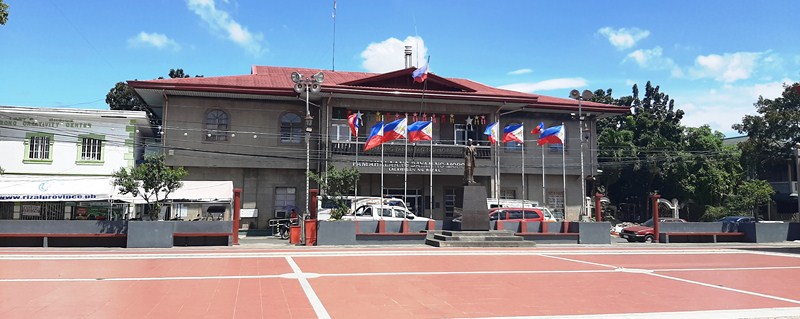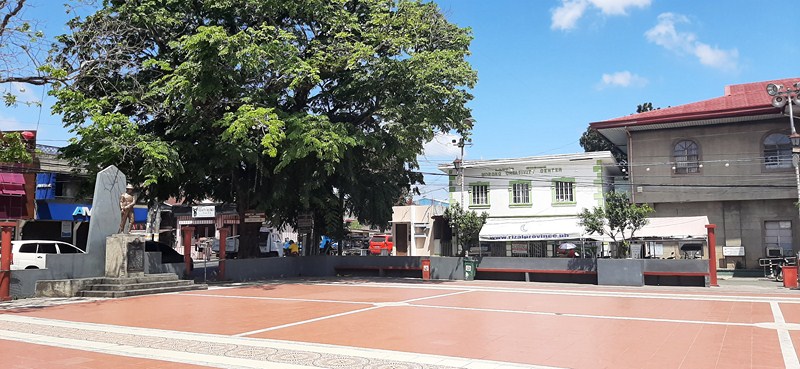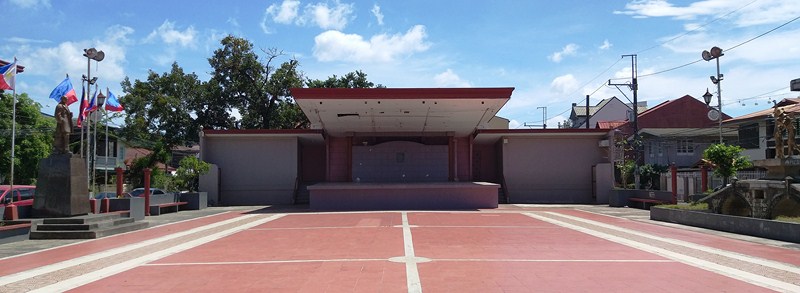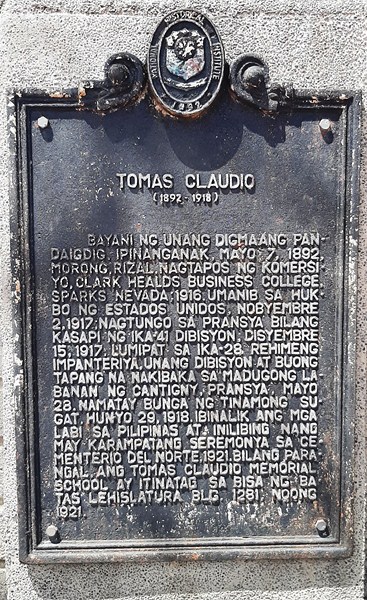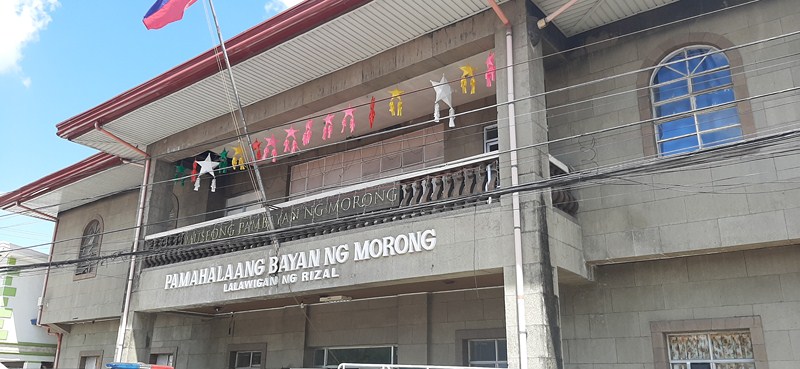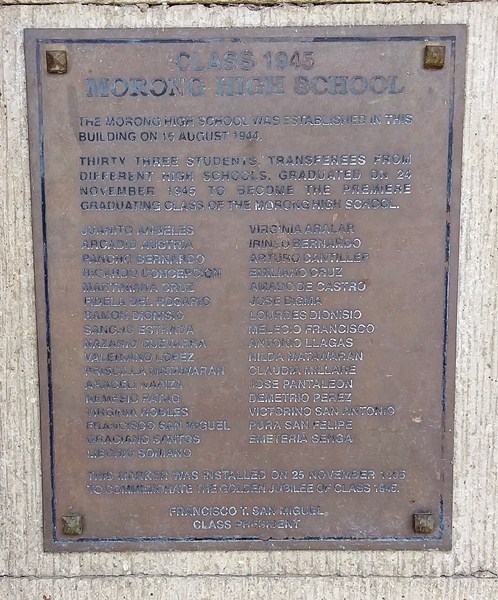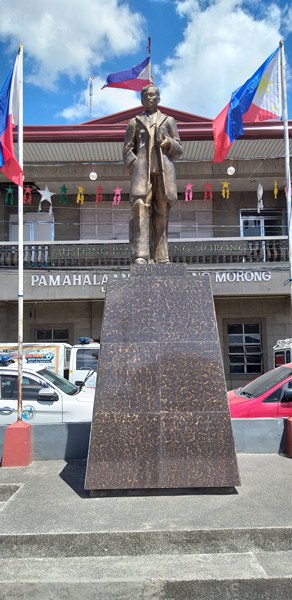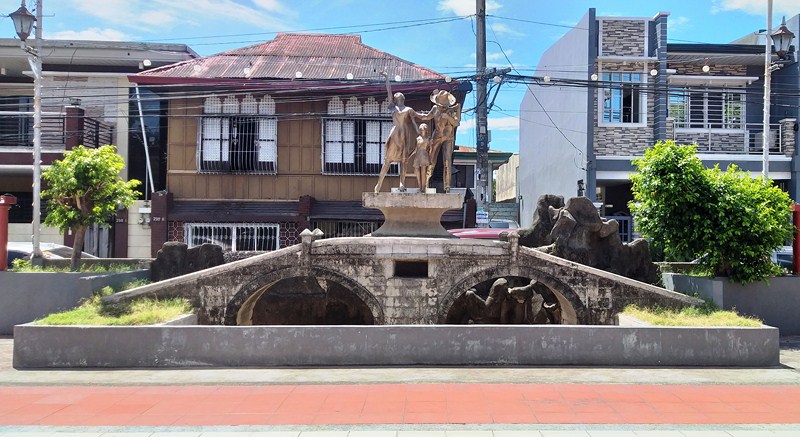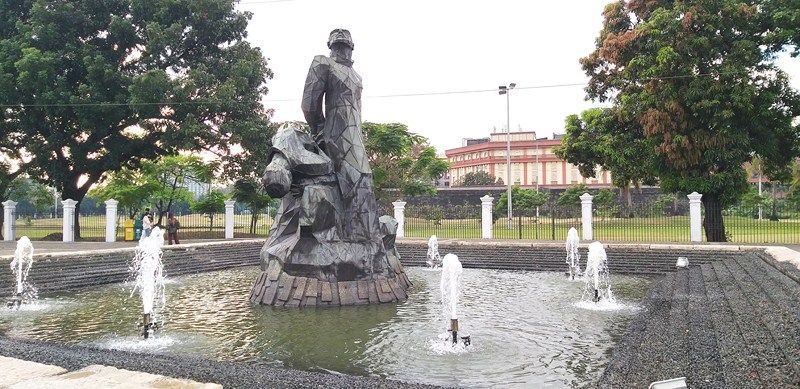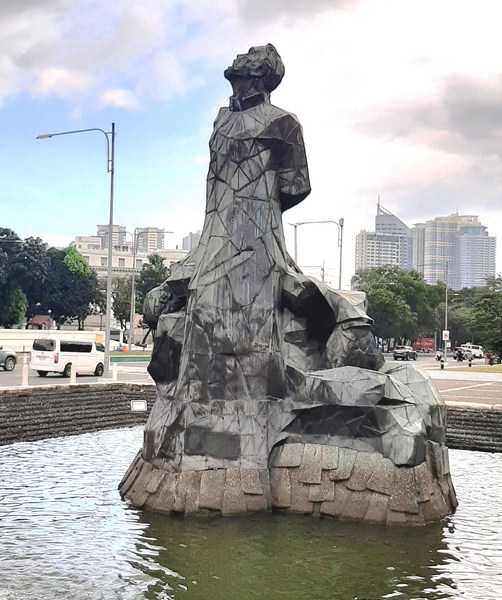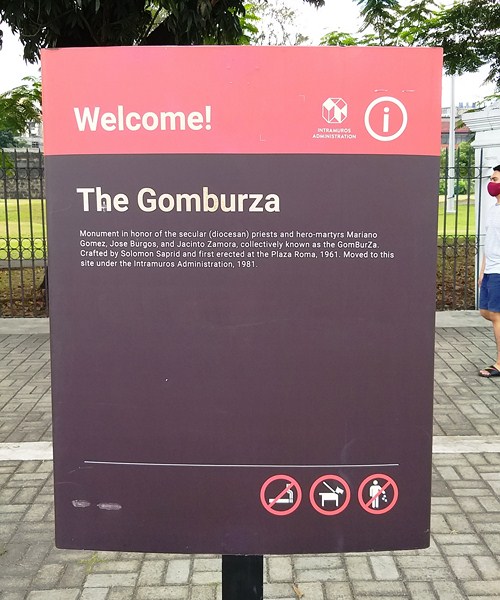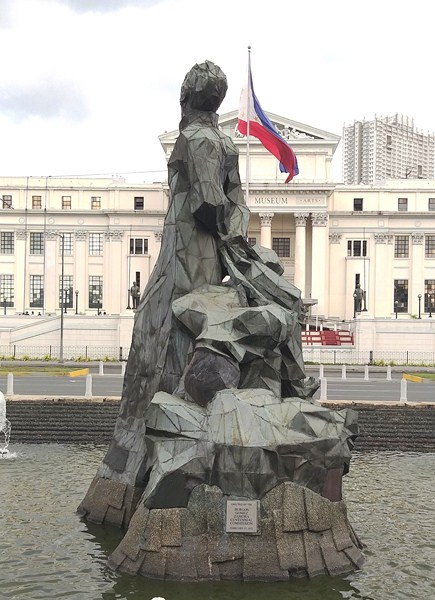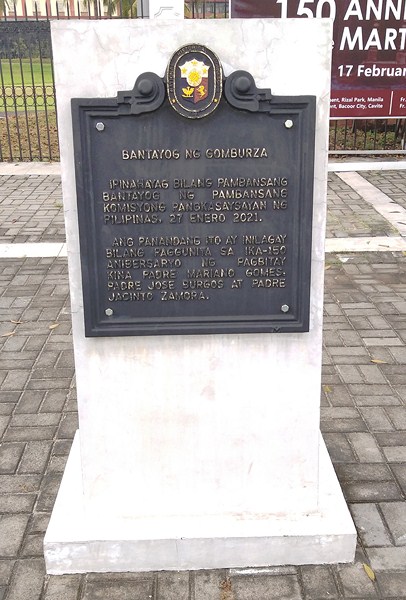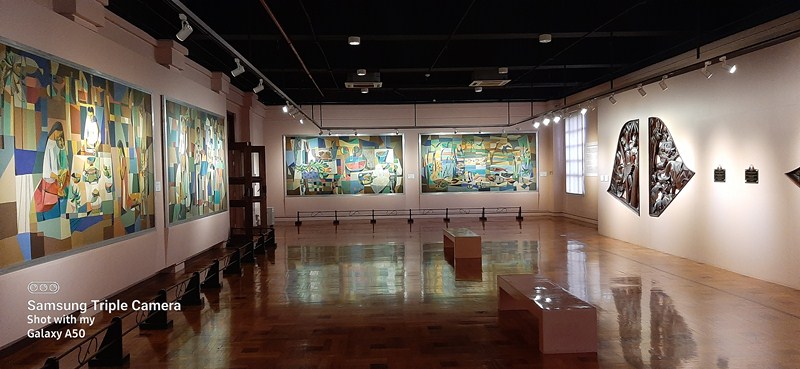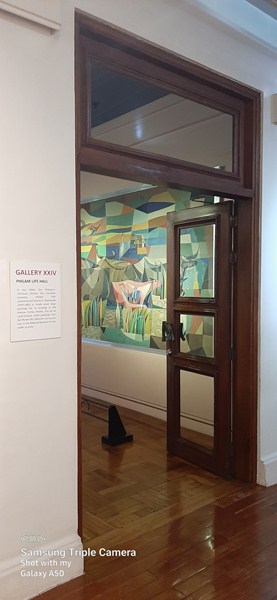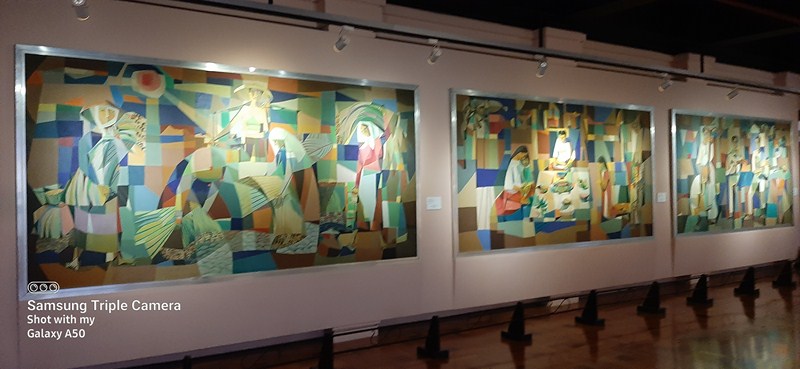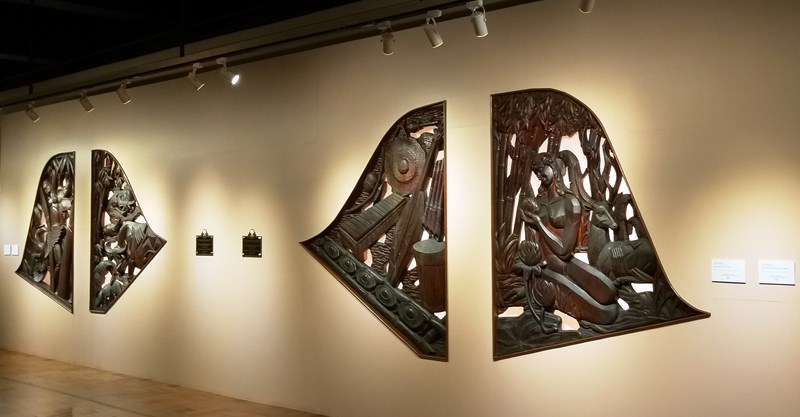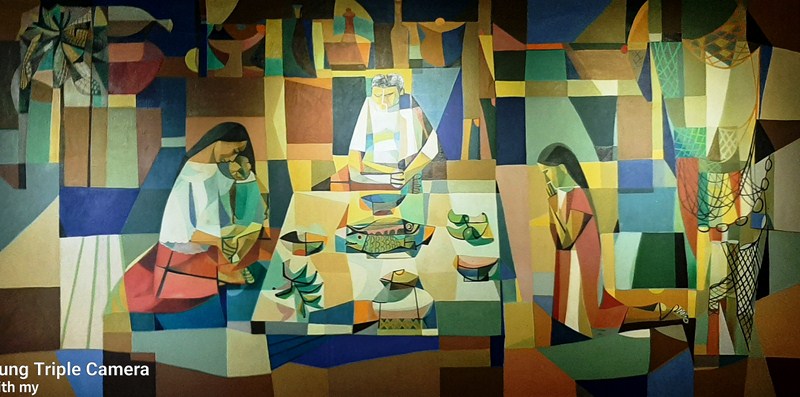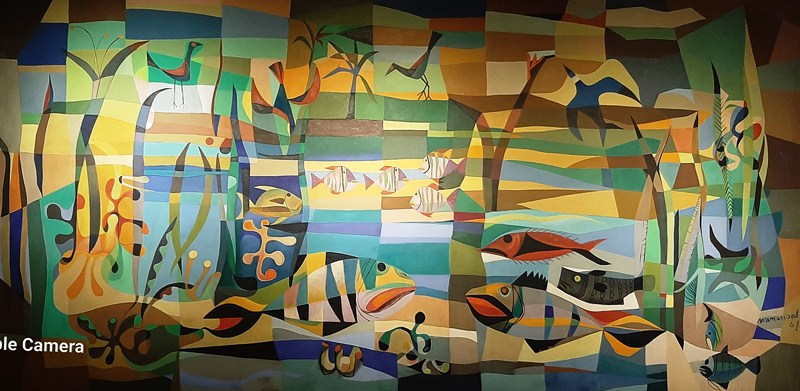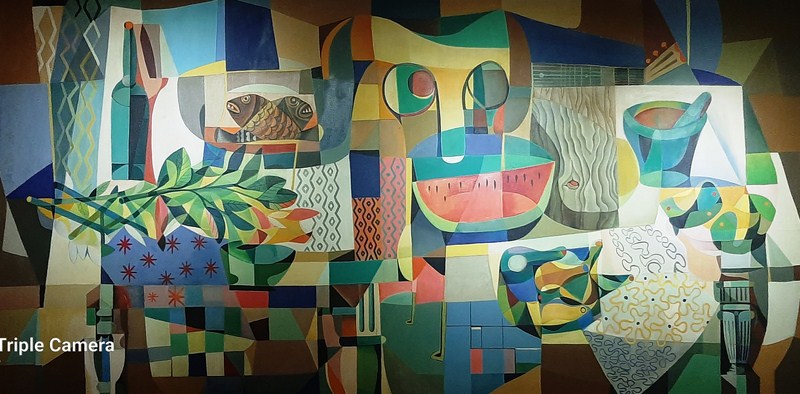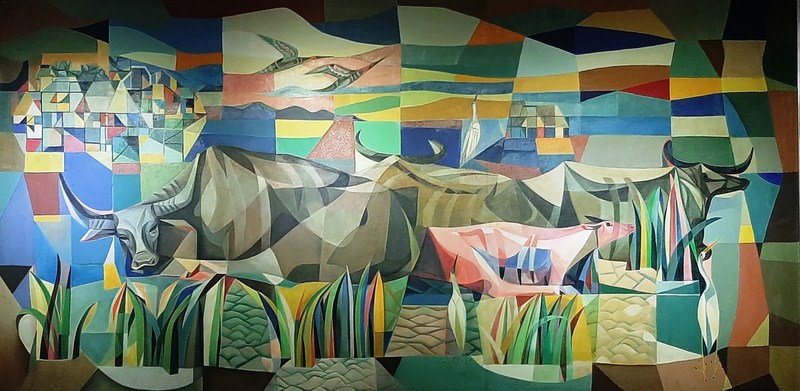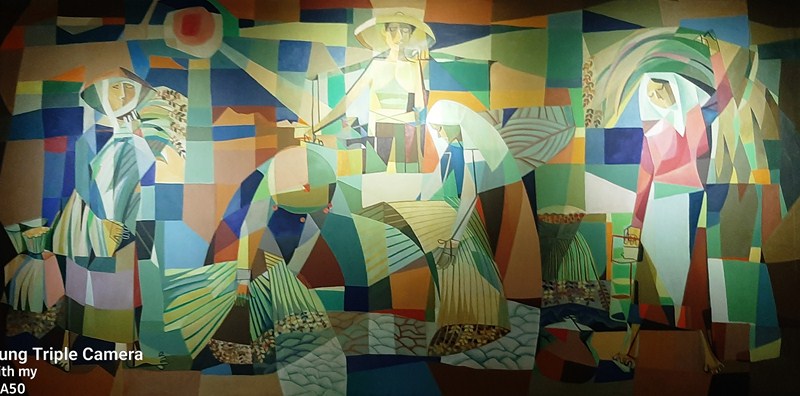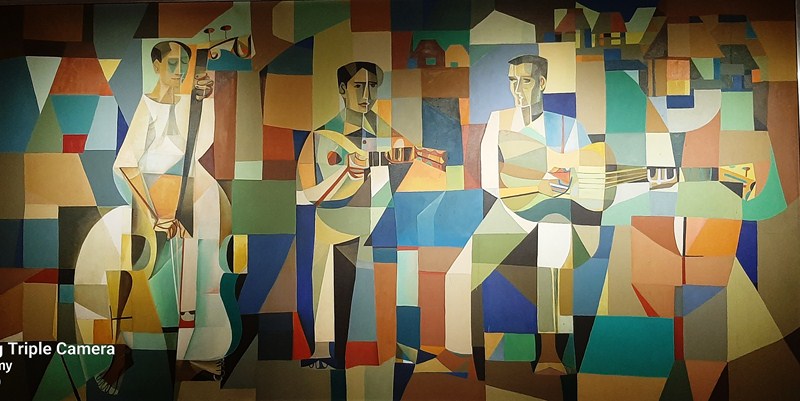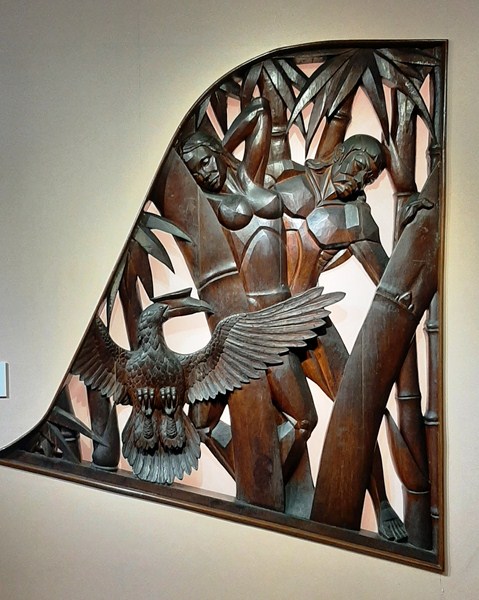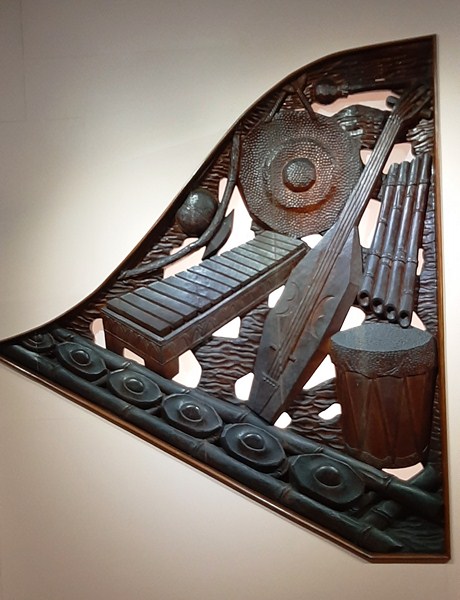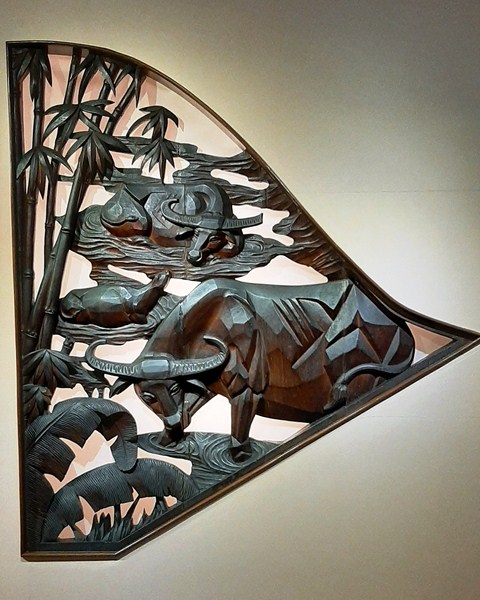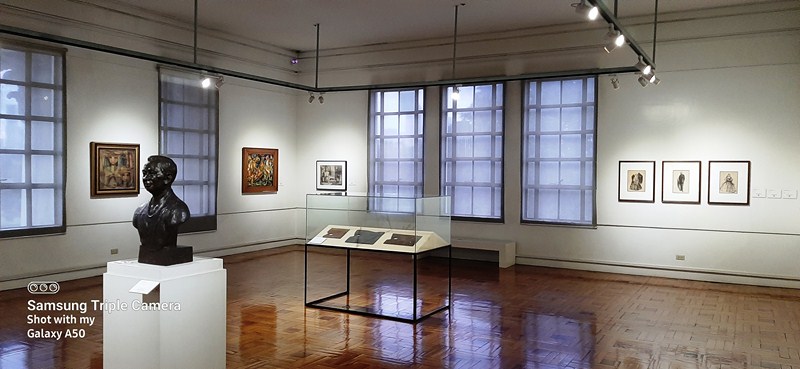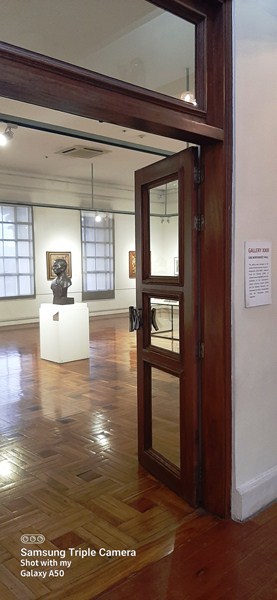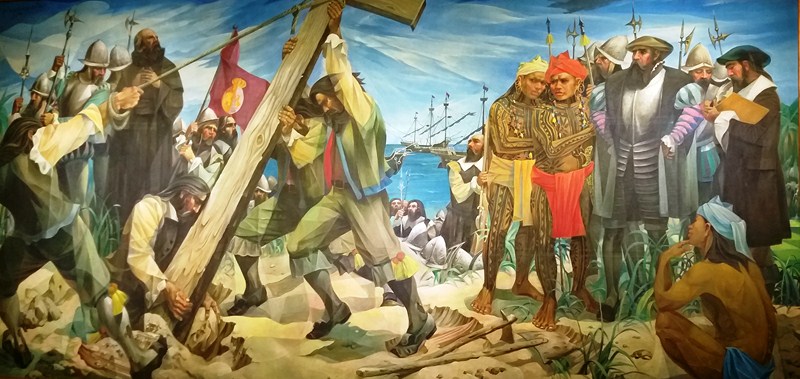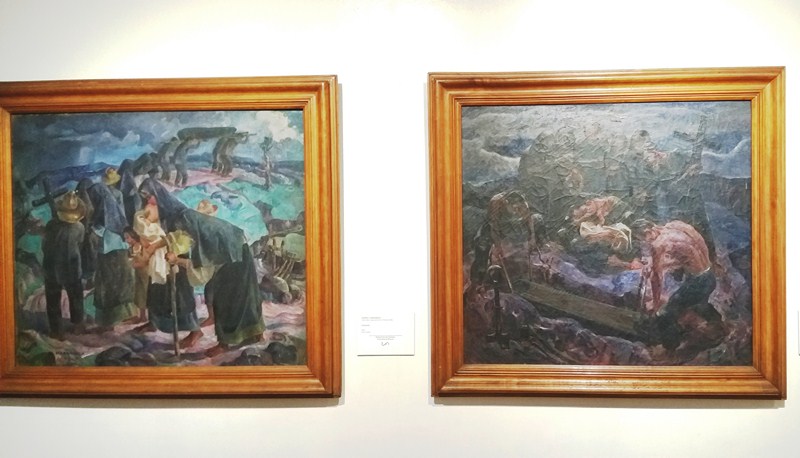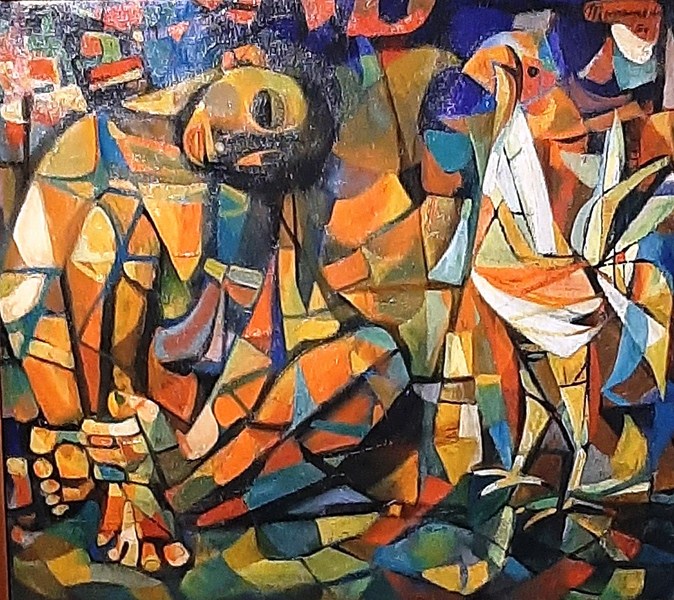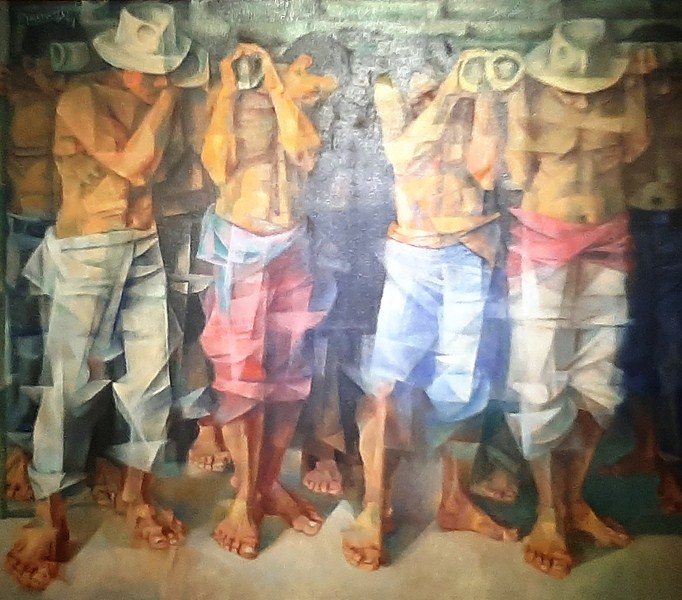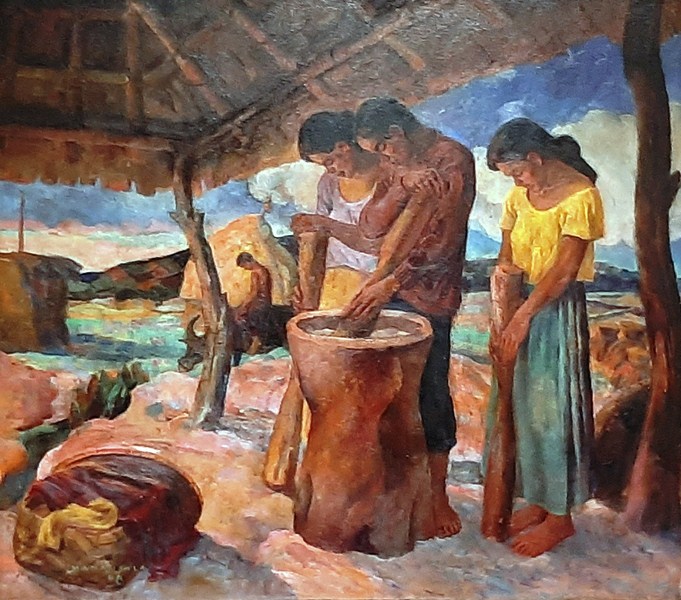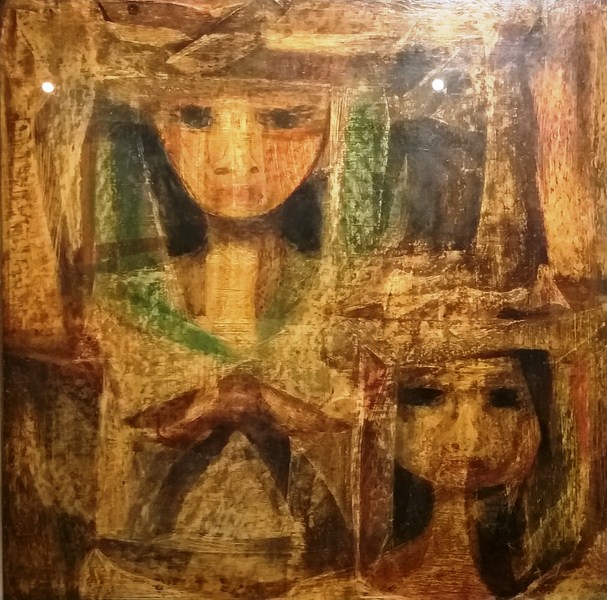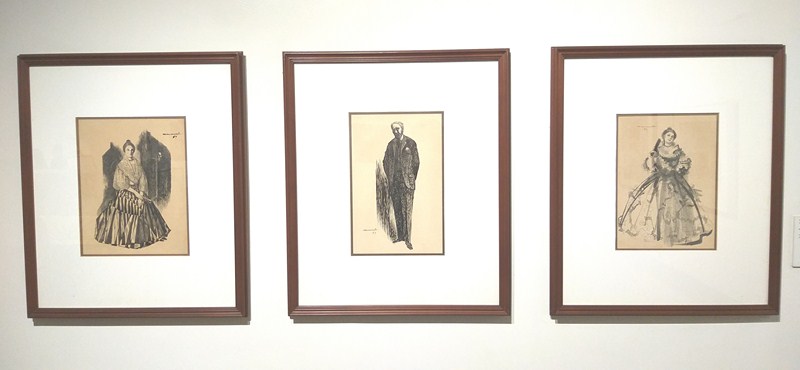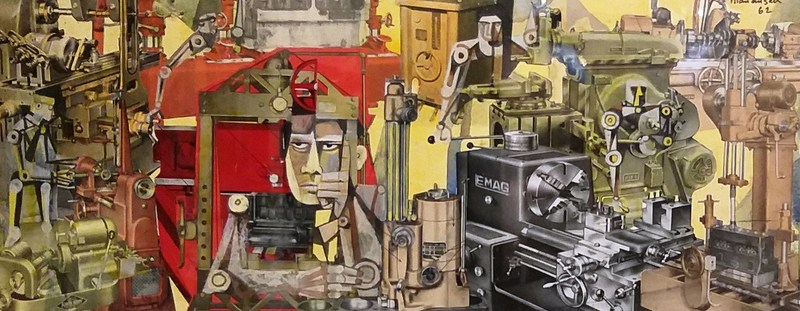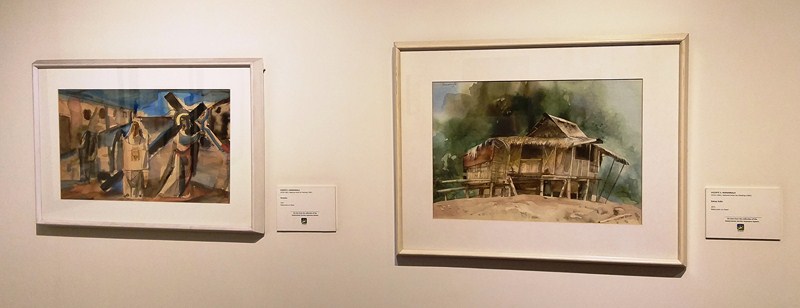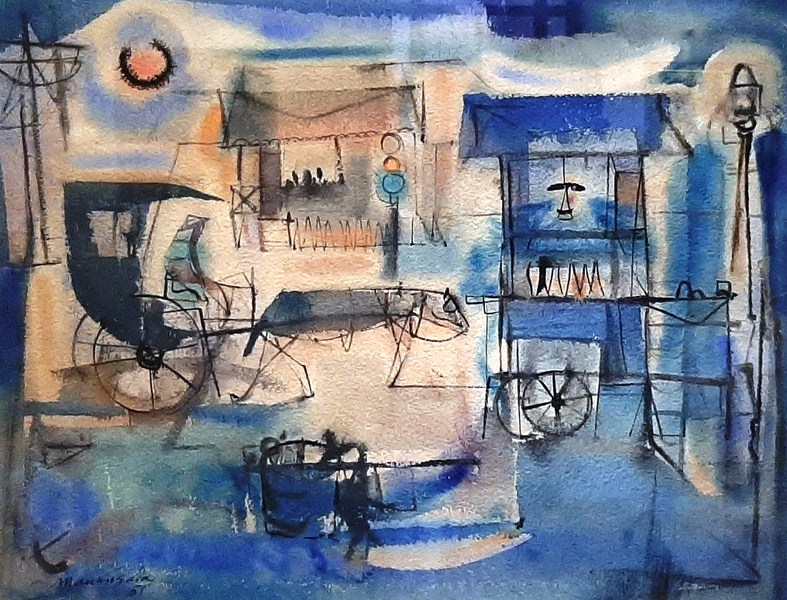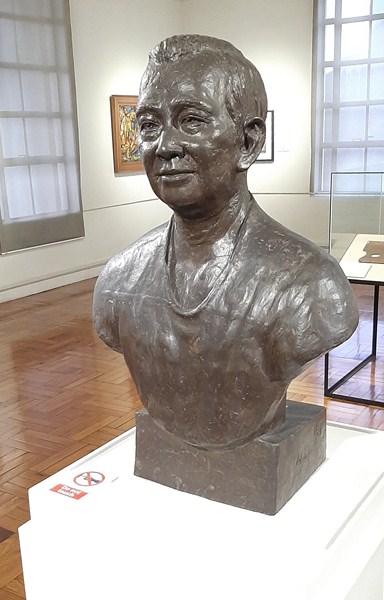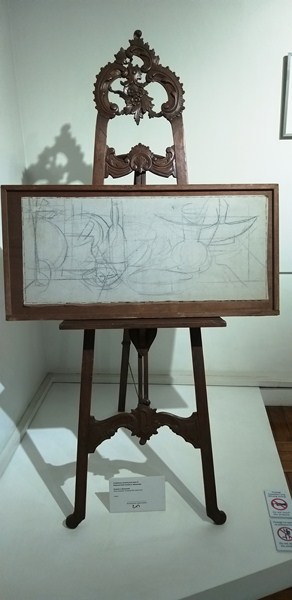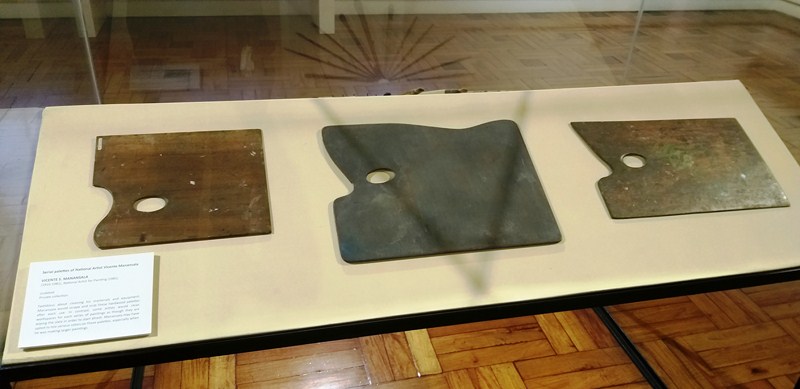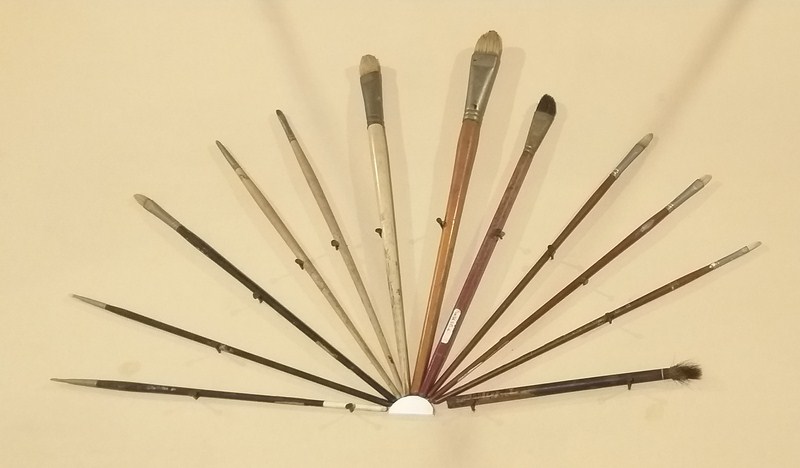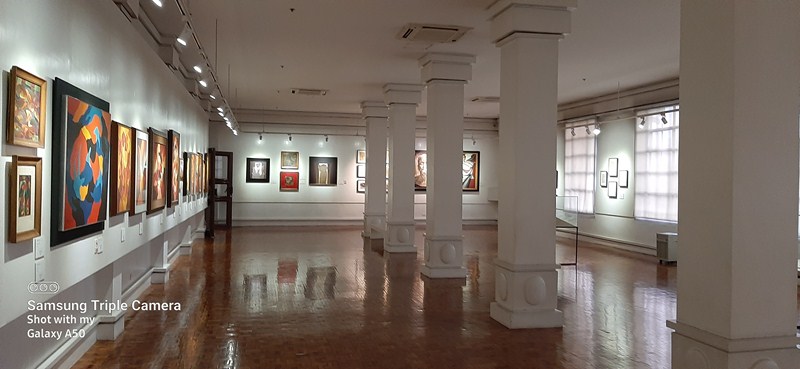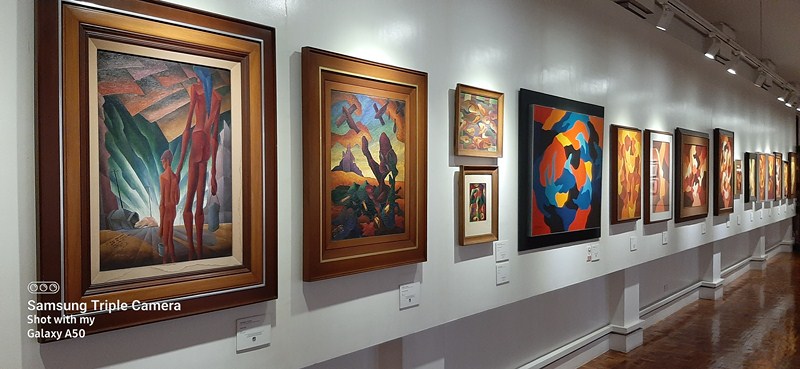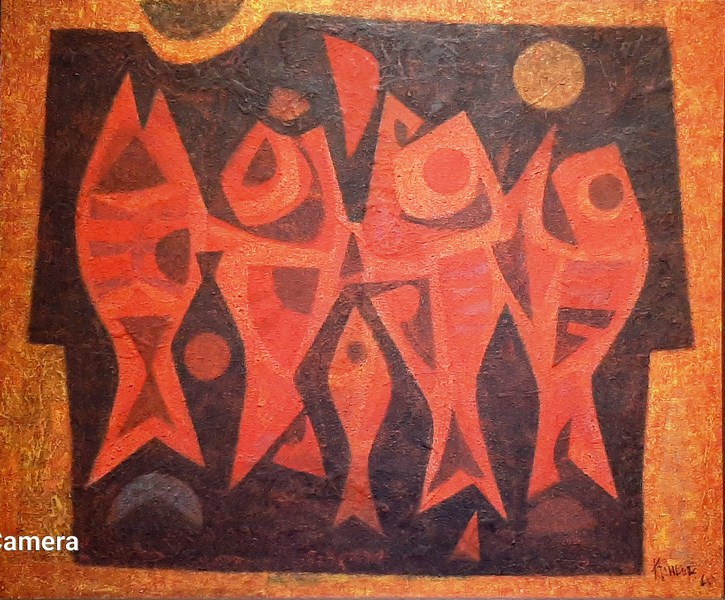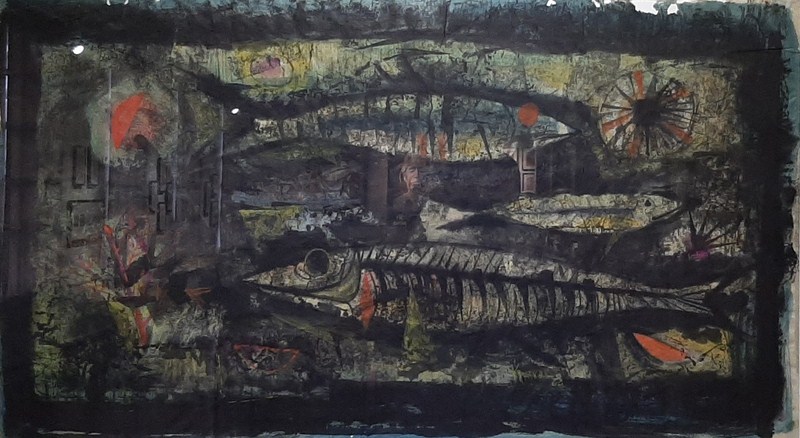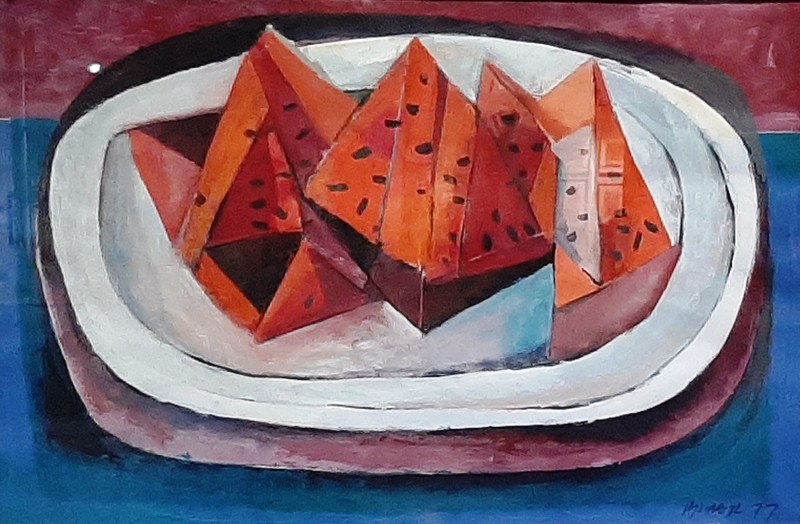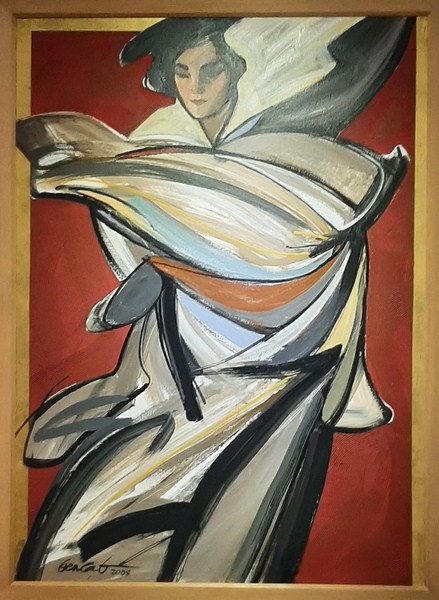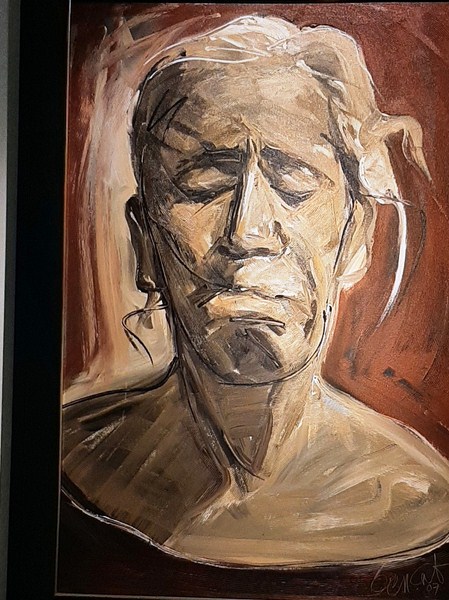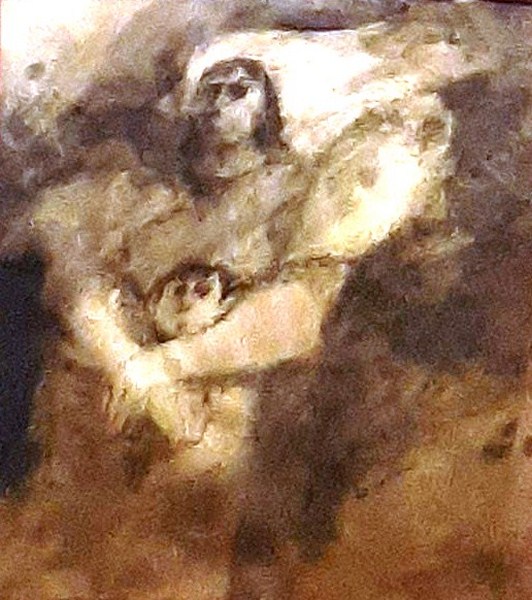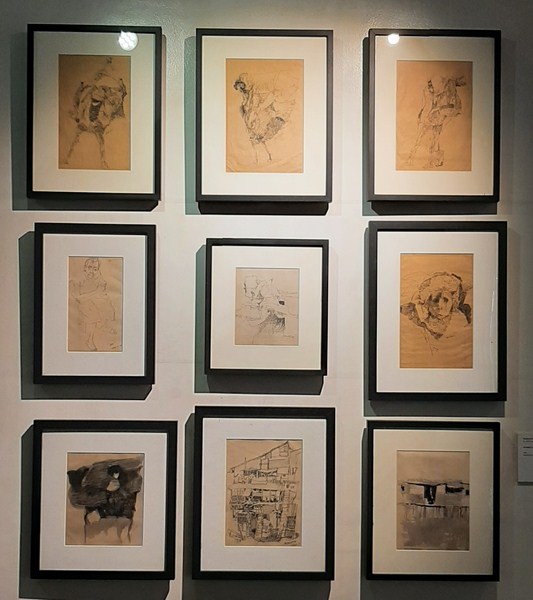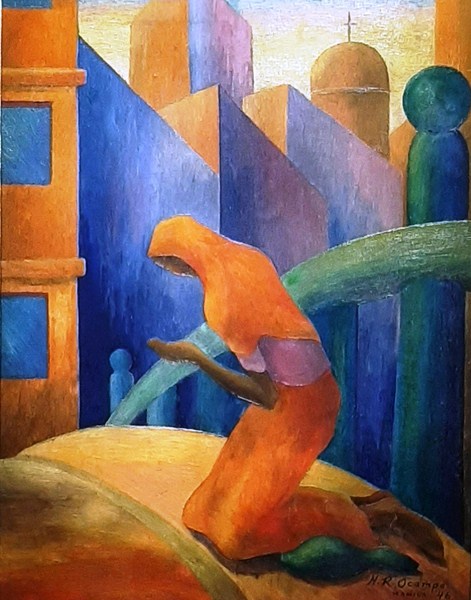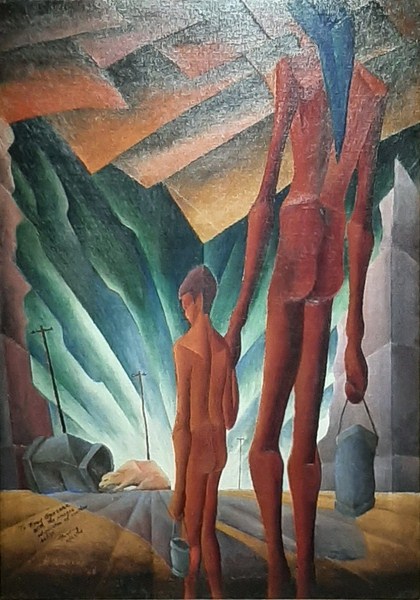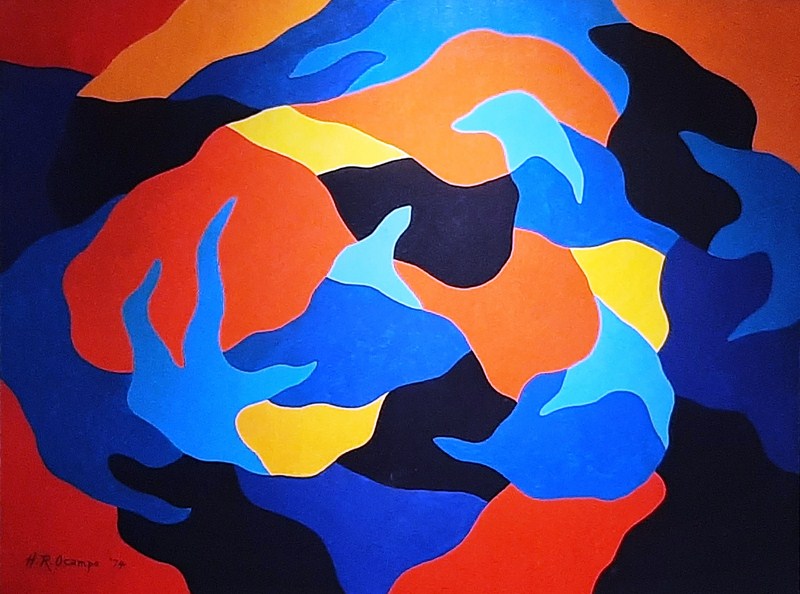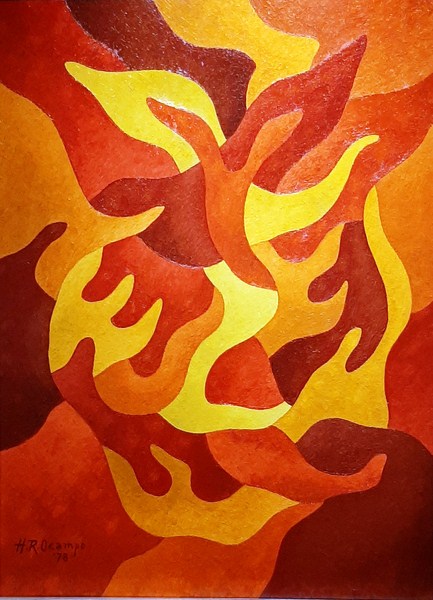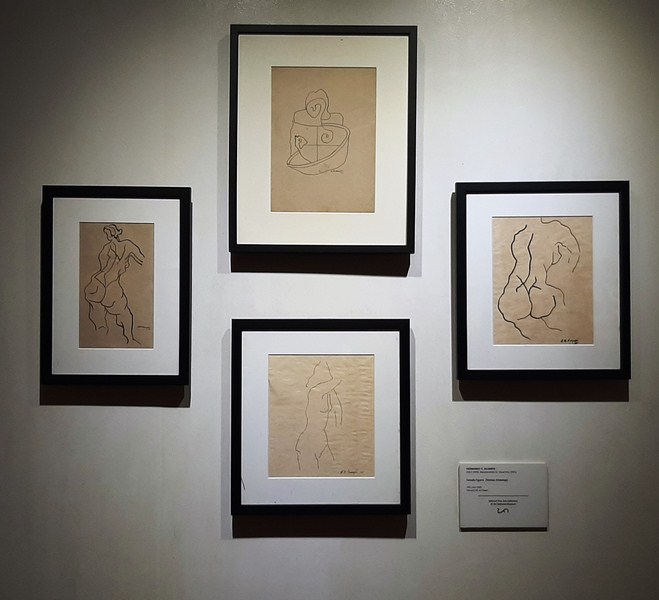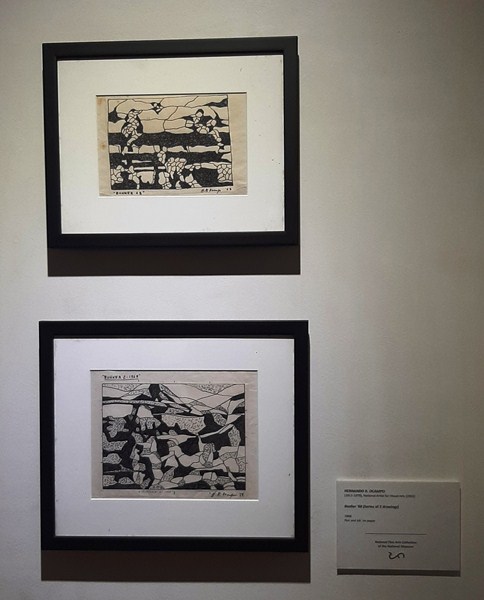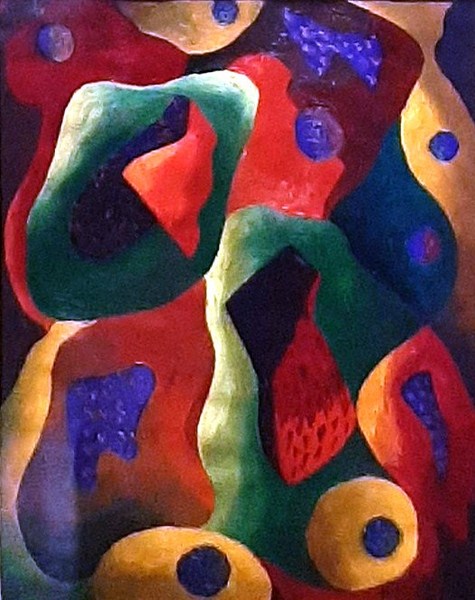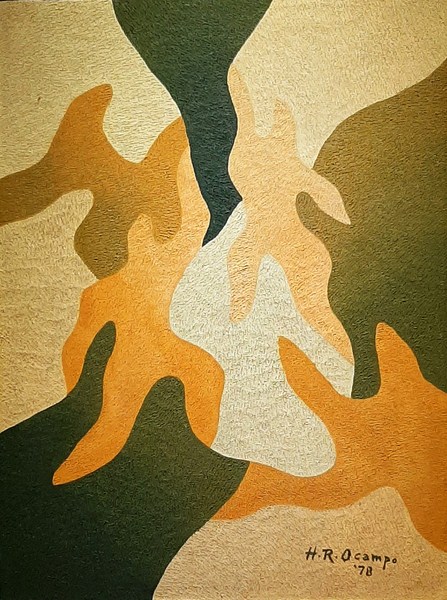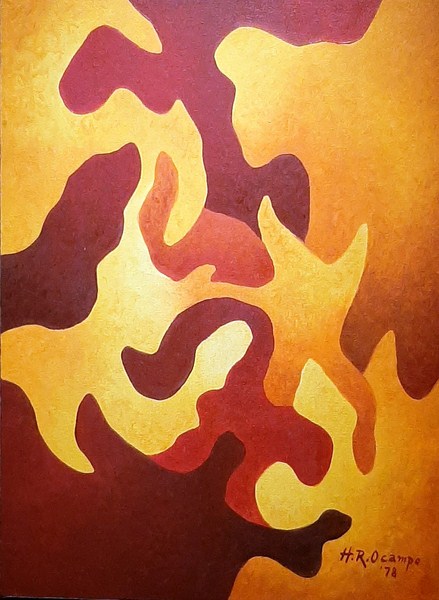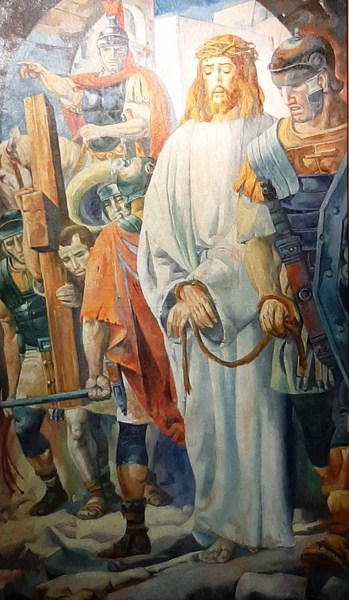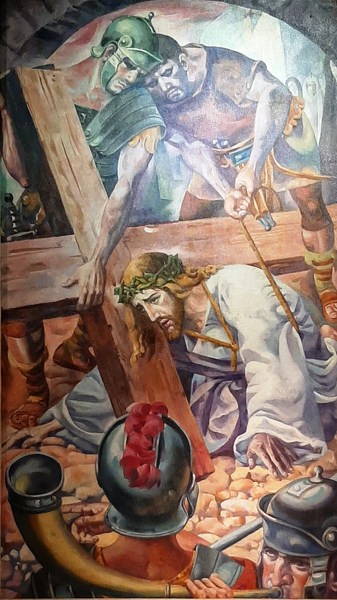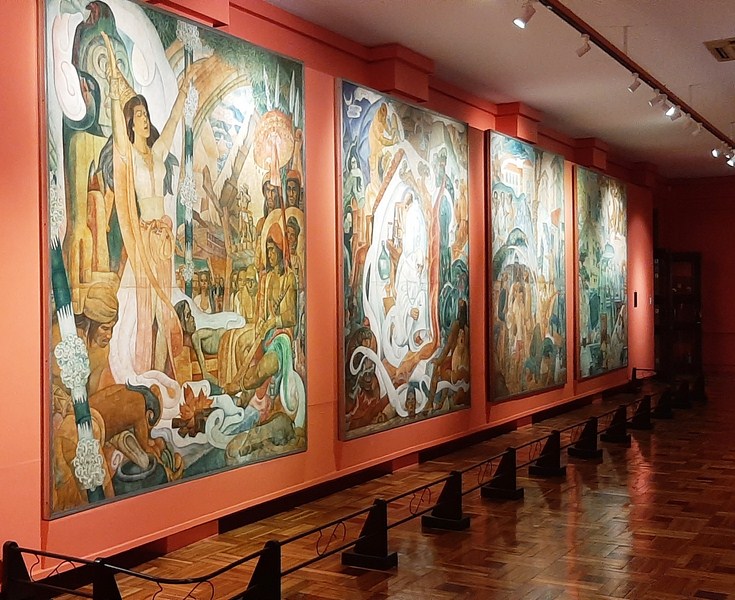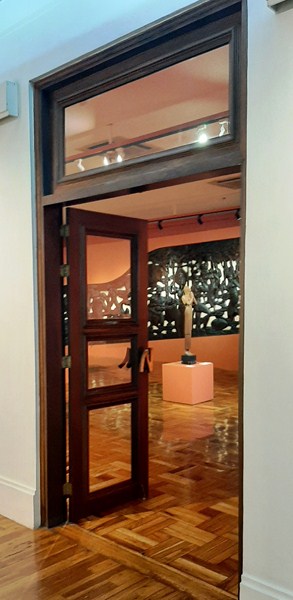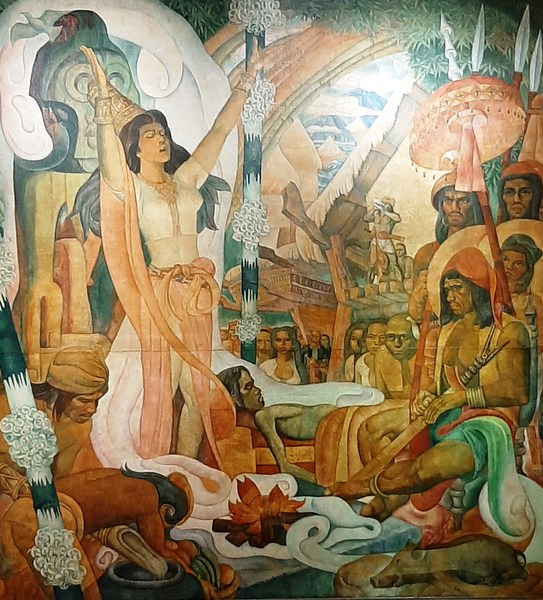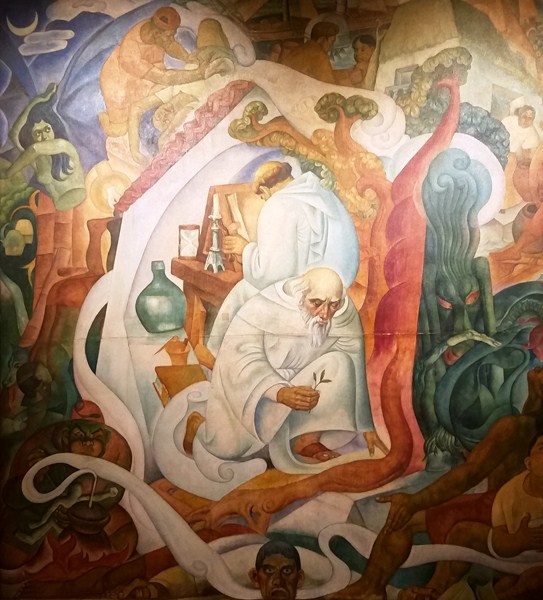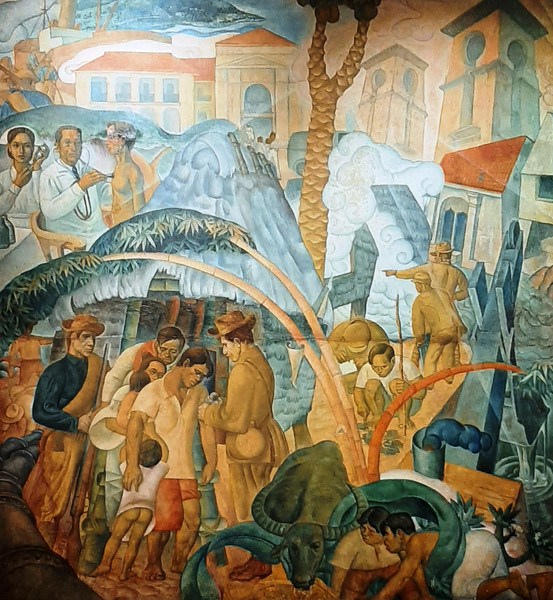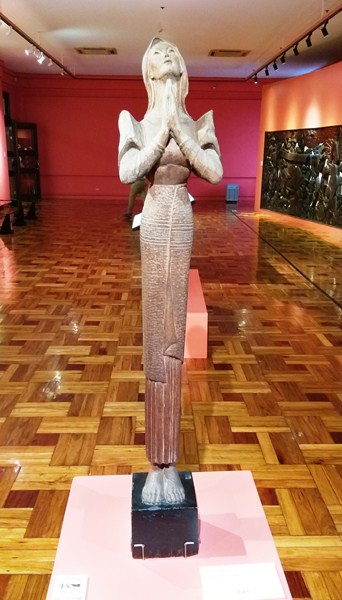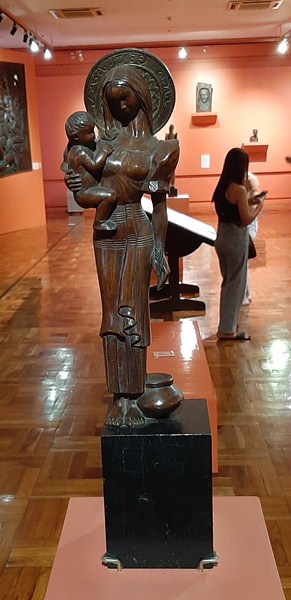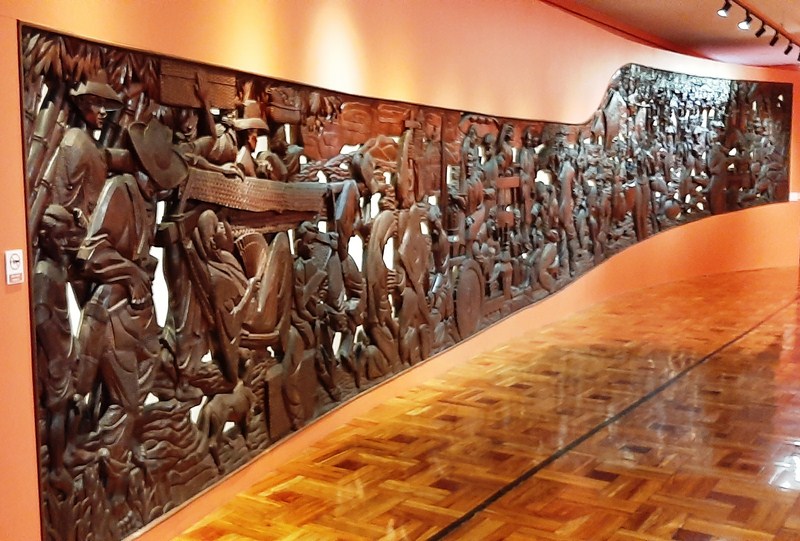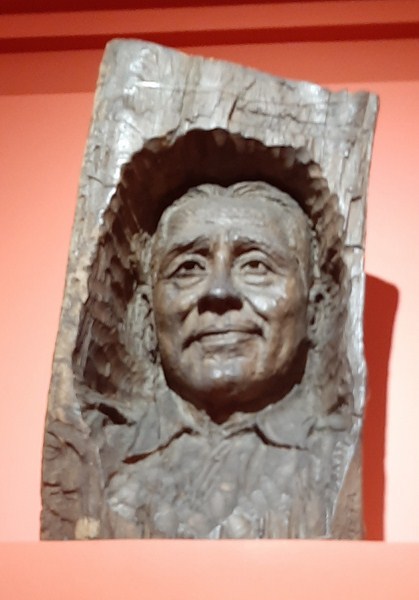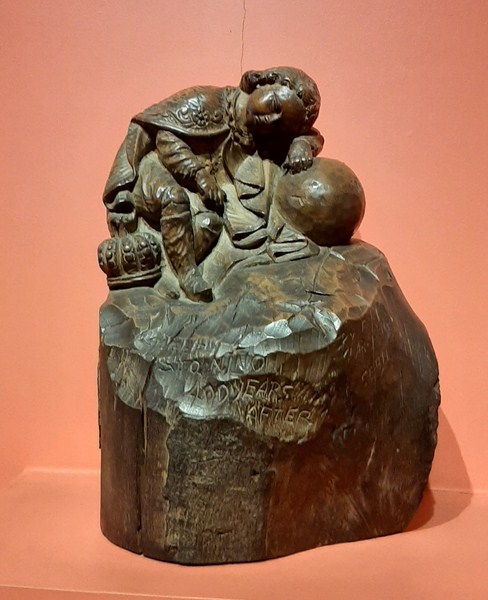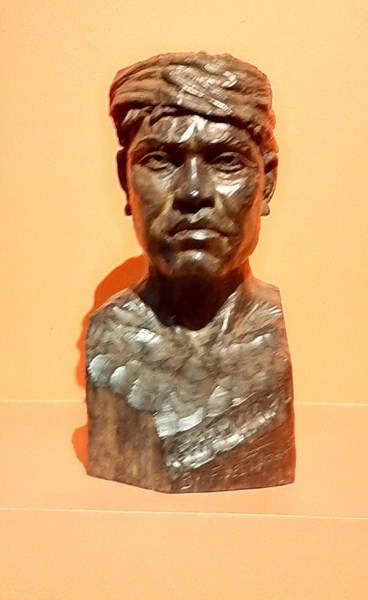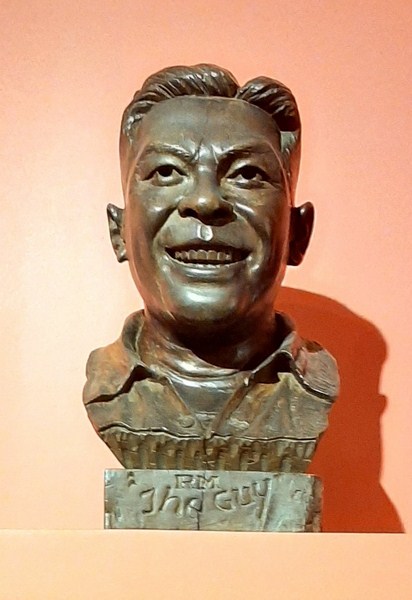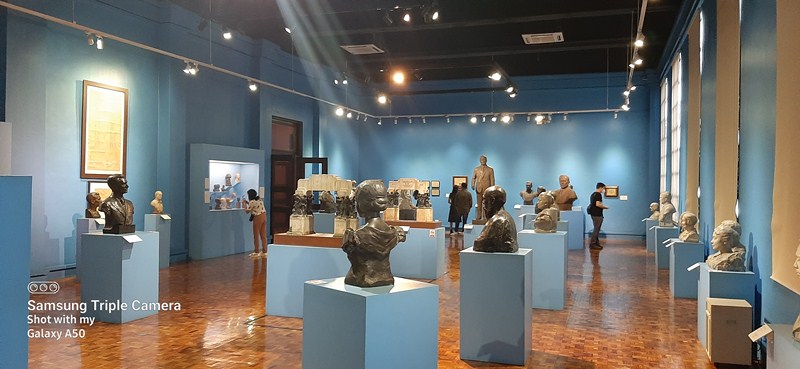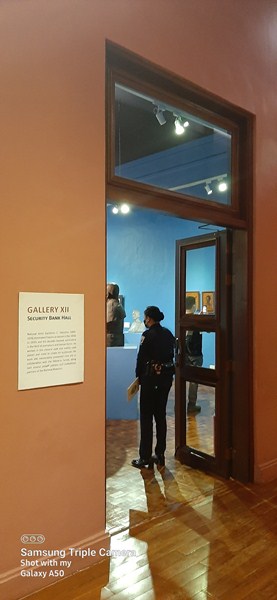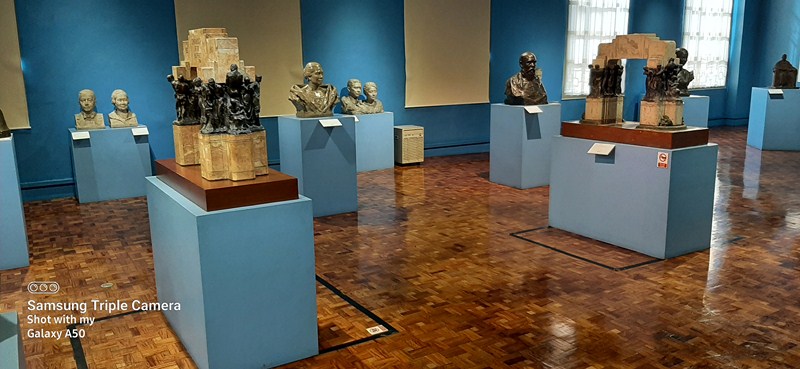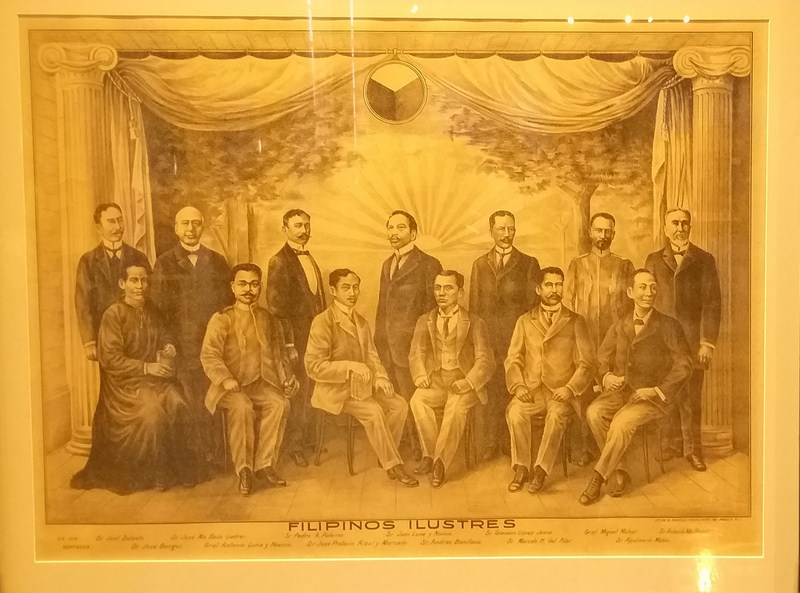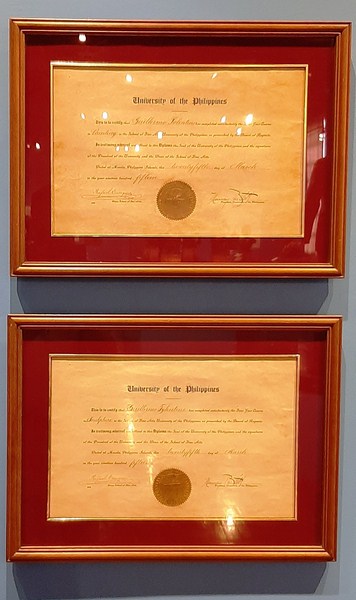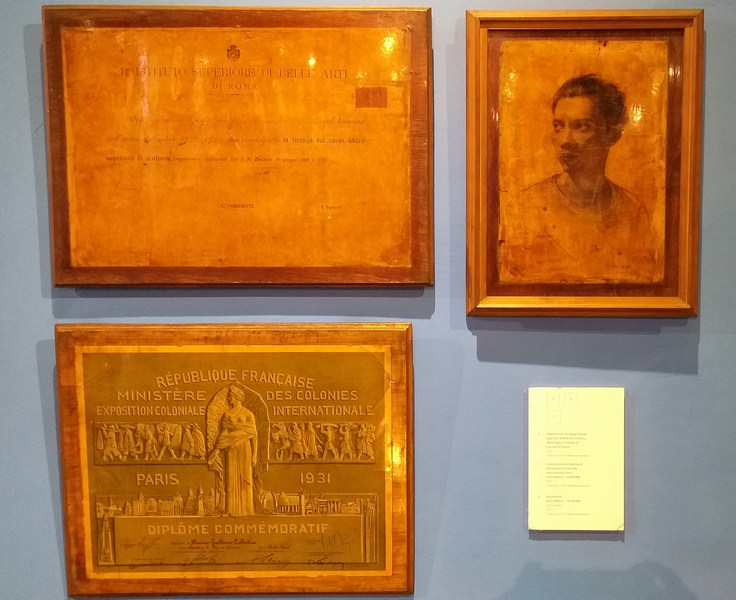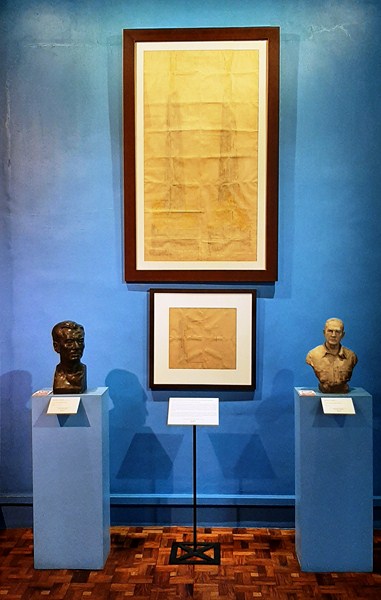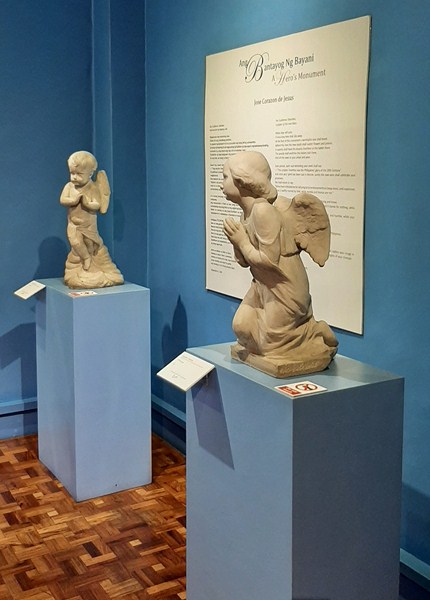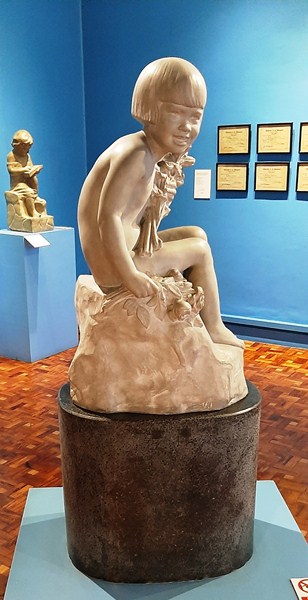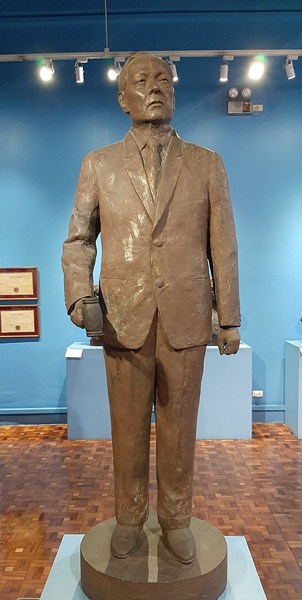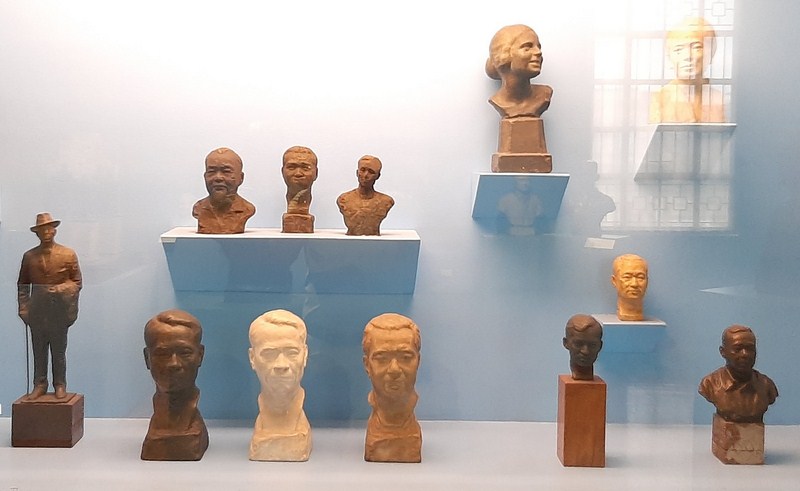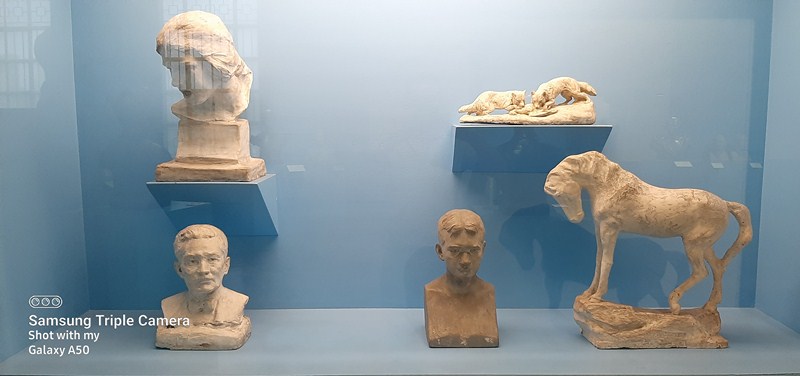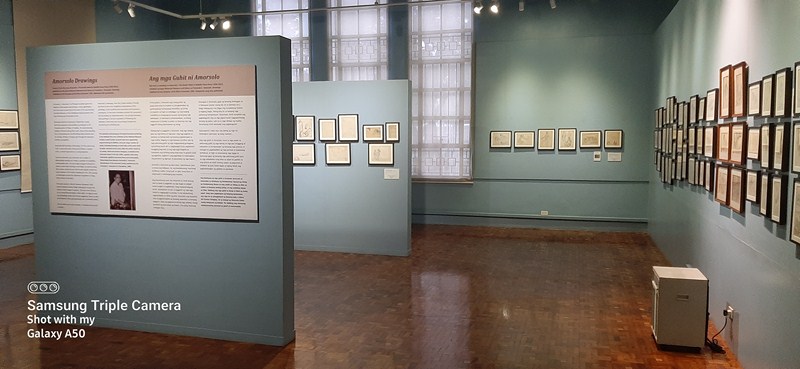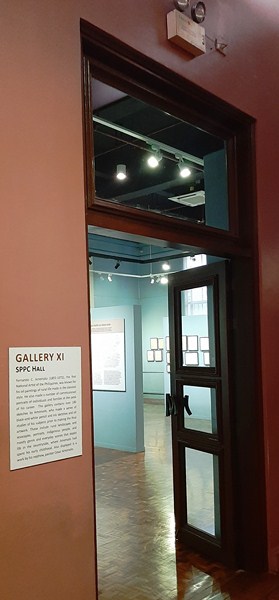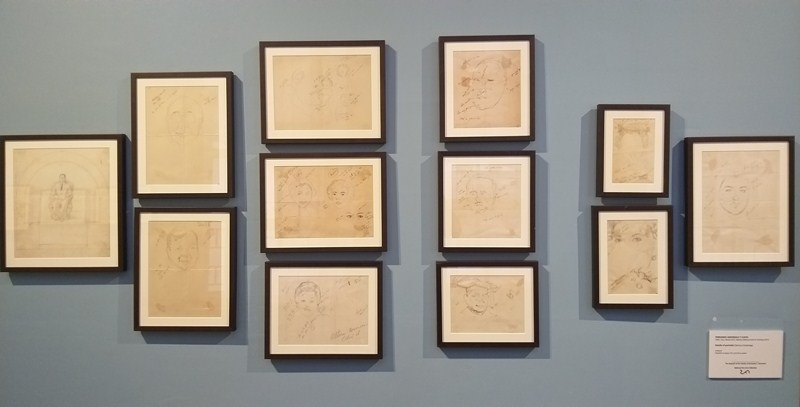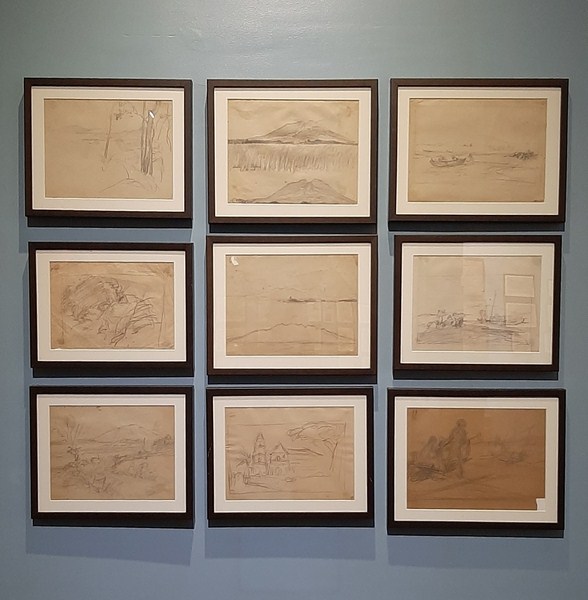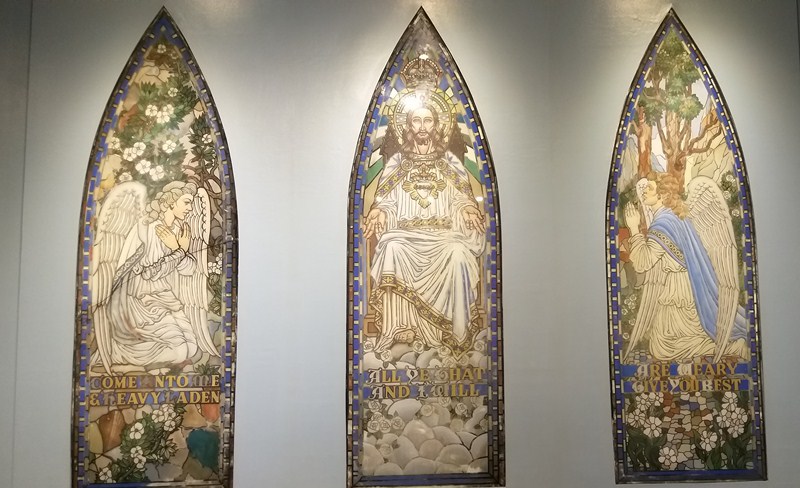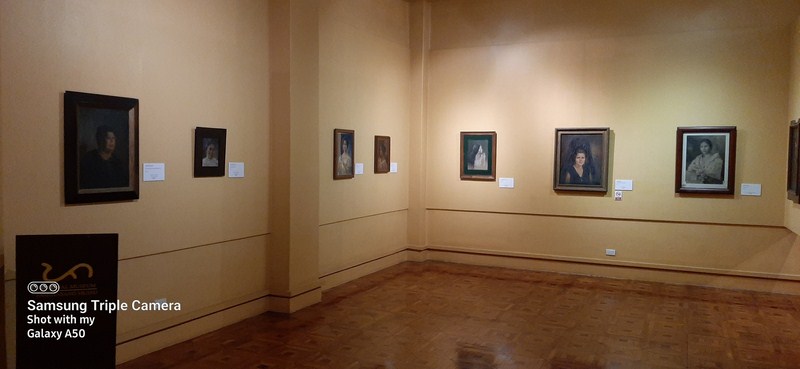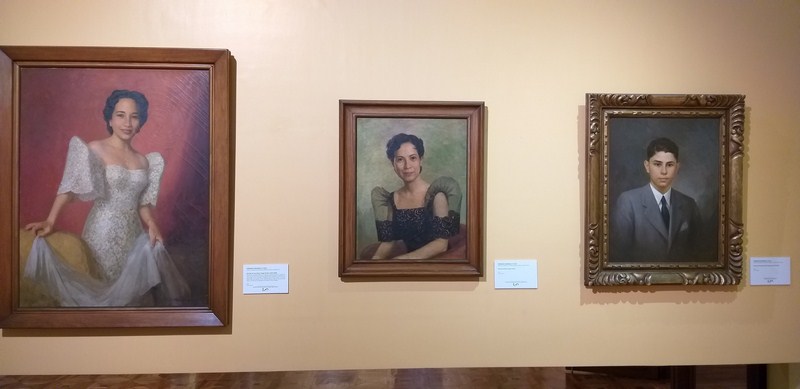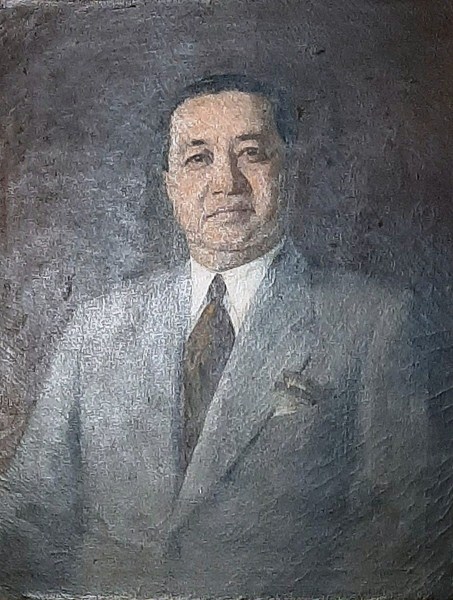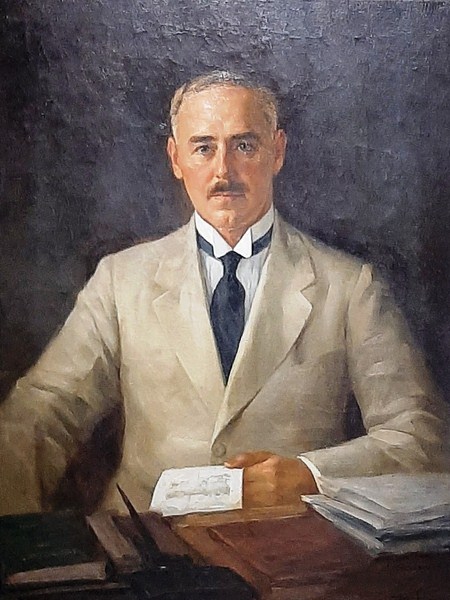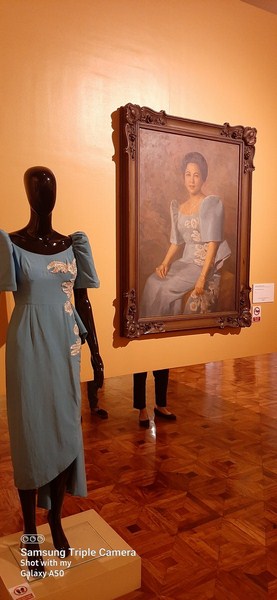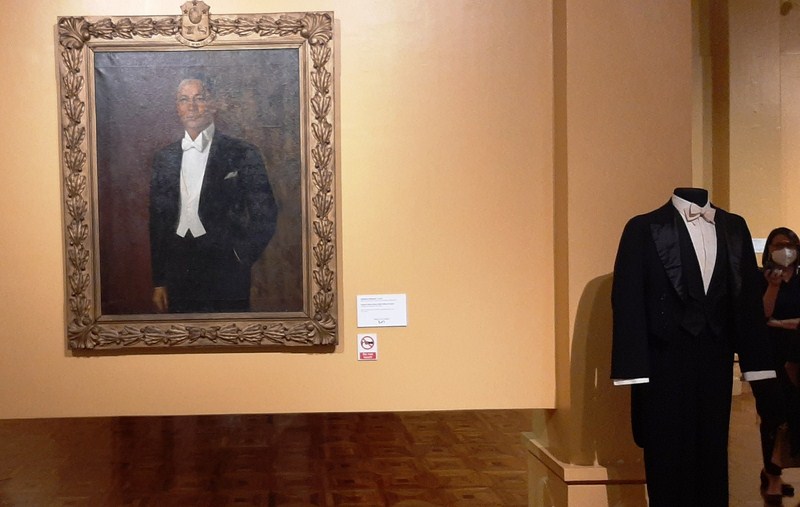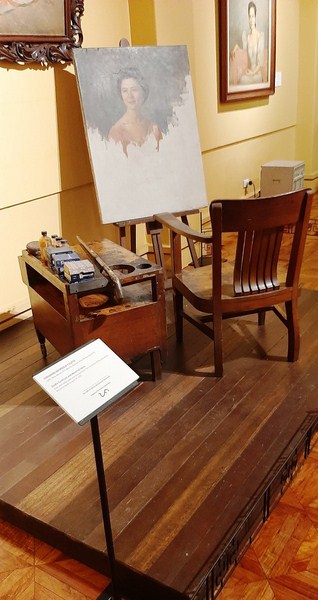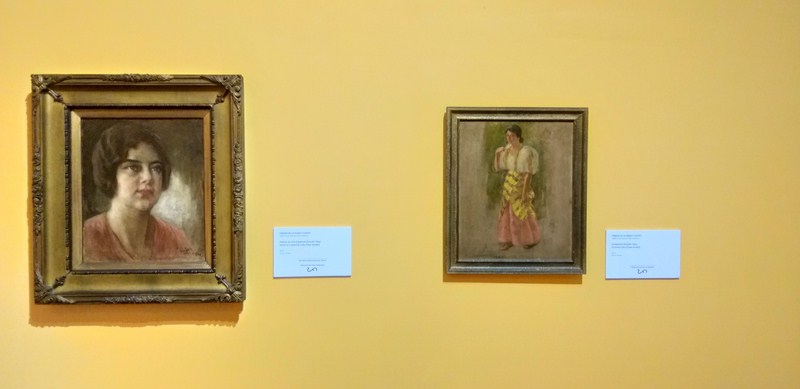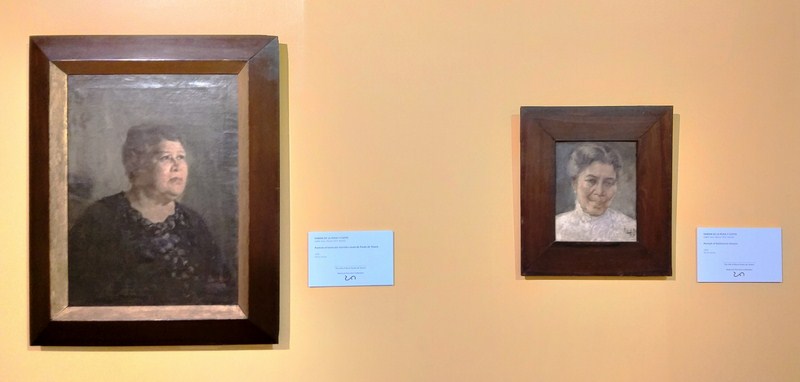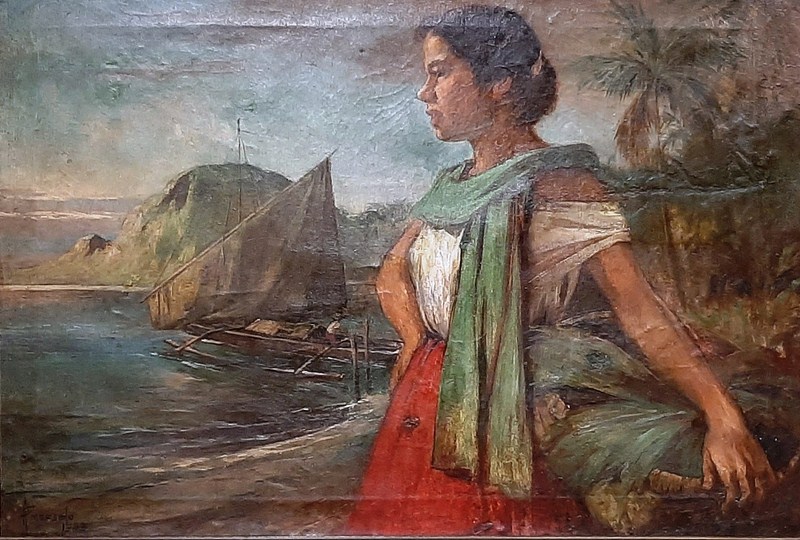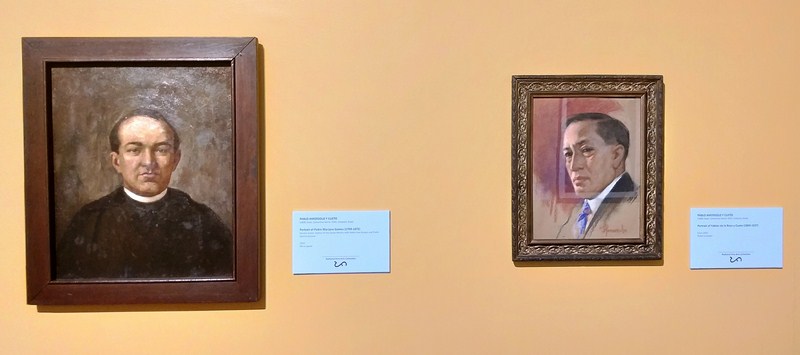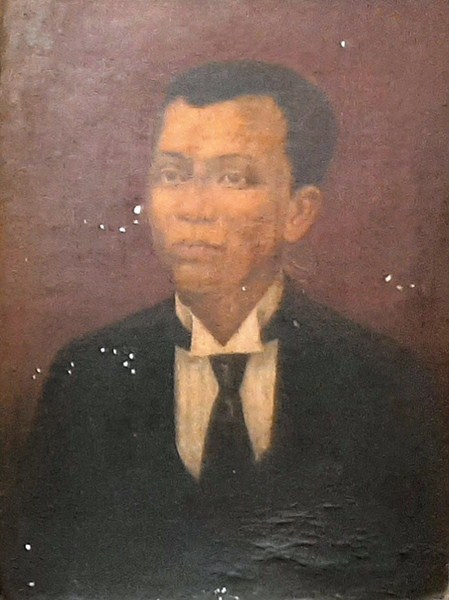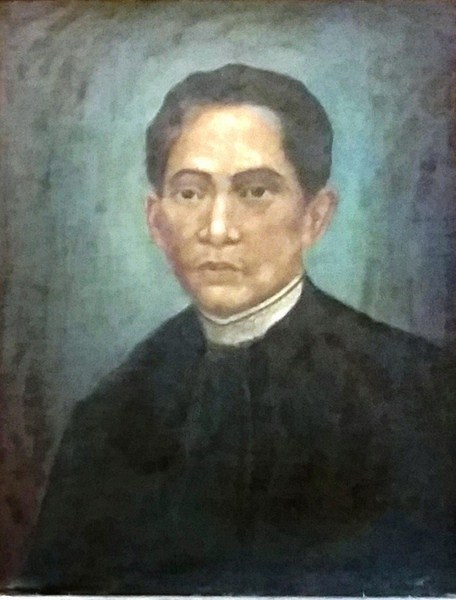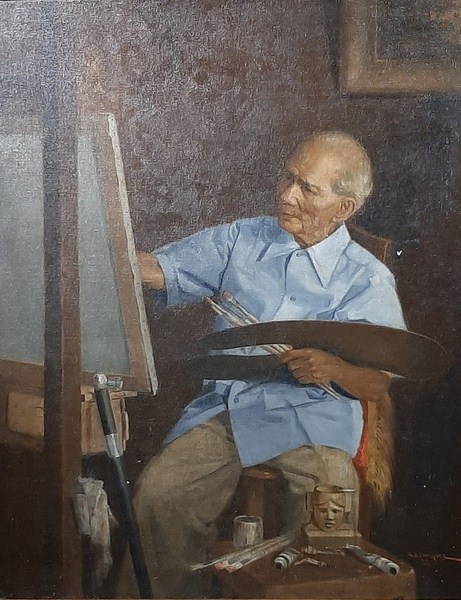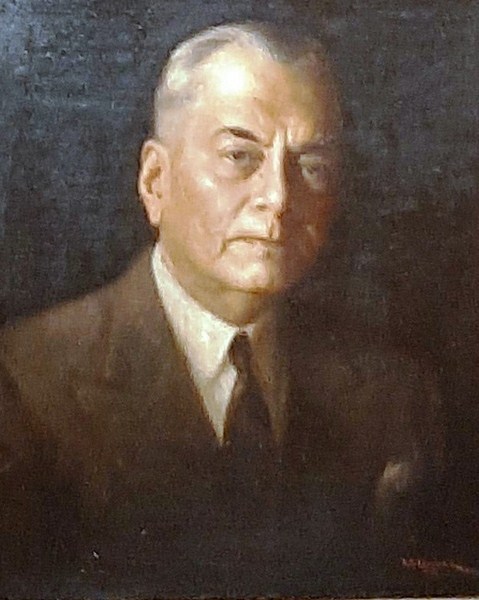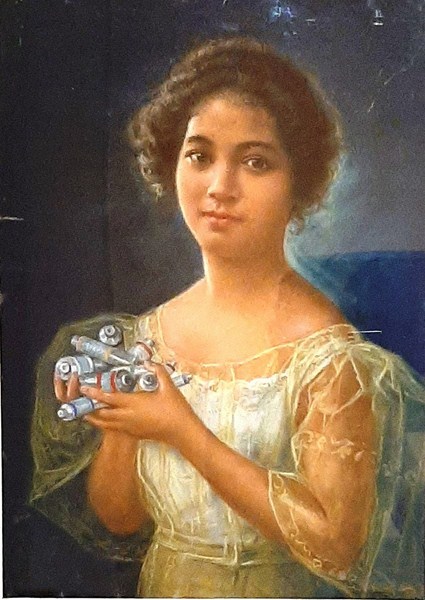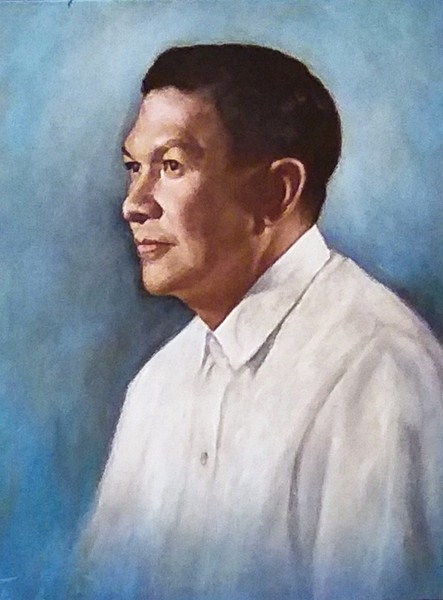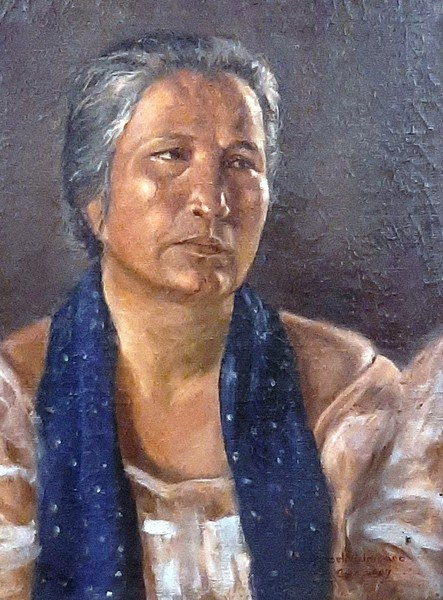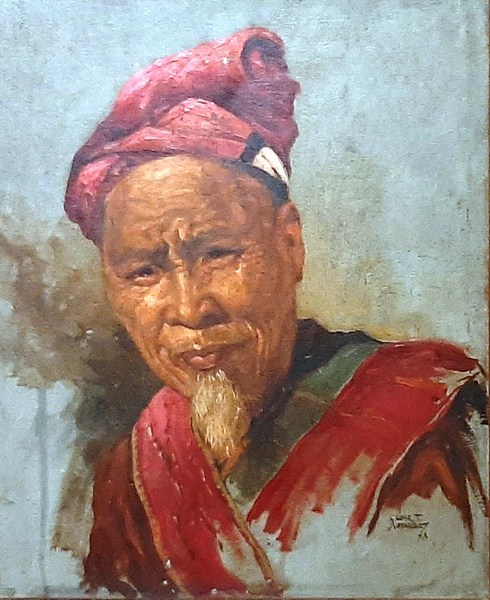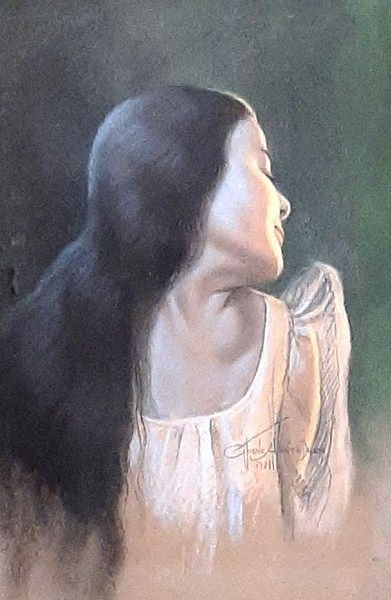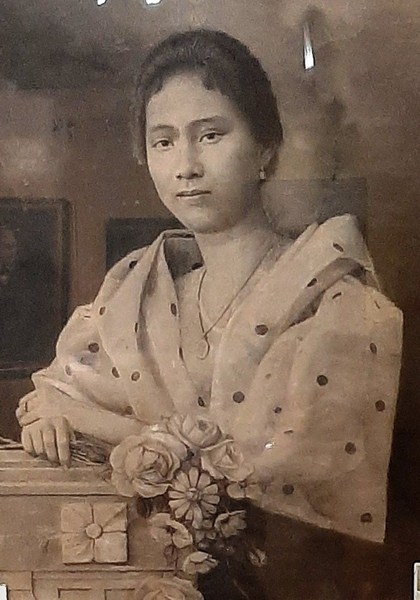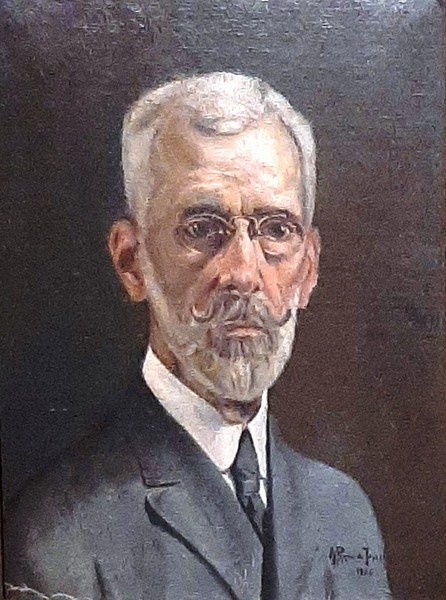After nearly two years of being cooped up indoors due to the Covid Pandemic and its accompanying lockdown, the lowering of alert levels gave us an opportunity to get out and breathe the fresh air.

Prior to camping, Mon, Jandy and I had lunch at restaurant beside the registration area of Fresno. They serve silog meals.
Upon the suggestion of then Tanay Senior Tourism Operations Officer (and now Municipal Development and Planning Officer) Mr. Jeff Pino and with the assistance of acting Tourism Officer Ms. Joicee Jules Gapido, I made plans to again try out no frills camping at Fresno Agro Forestry and Eco Tourist Campsite, a hiking destination opened last 2019.
Owned by Mr. Mabini Dela Sada, an IP (Indigenous Person), the campsite was developed and managed by Mr. Reynaldo Zapanta Fresno, a Capiznon from Mambusao town.
Their advocacy is to provide livelihood enhancement programs to the indigenous people (katutubo) from the 10 mountain barangays (recognized to be an ancestral domain) of Tanay as well as the preservation of the beauty of the mountains. In coordination with the DENR, they have started planting fruit bearing trees.
Joining me in this camping trip were my son Jandy and Mr. Ramon “Mon” Sarinas, a fellow Don Bosco Makati high school batchmate and an avid outdoorsman and photographer. The trip to Tanay, via C-6, took all of two and a half hours, passing the towns of Cainta, Taytay, Angono and Cardona and making two toilet breaks and a short stopover at Morong Park in Morong.
Check out “Morong Park“
Upon reaching Jollibee Tanay, I followed the instructions given to me by Joicee, turning left at Sampaloc Road and then drove for 15 kms.. Upon reaching the Sampaloc Barangay Hall, I again turned left at Marilaque Highway, driving for about 30 mins. as the road wound for 13 kms., passing by many of Tanay’s many roadside resorts and restaurants famous for their scenic views of the Sierra Madre Mountains.
Upon reaching a fork, I turn right on Maysawa Road. Upon reaching a tricycle terminal, I again turned right to a partially paved but mostly dirt road all the way to the gate of Fresno.

The green-roofed cottage sits on the site of Cardo Dalisay’s kubo, destroyed during Typhoon Ulysees.
We arrived just 30 mins. before Mon and we met up at the camp’s registration area beside the entrance. Before anything else we had lunch at the restaurant which served served silog meals (tapsilog, tocilog, etc.).
As we arrived on a Monday (peak days are weekends), we were allowed to bring our cars all the way up, via a rough, steep and narrow dirt road, to the summit of Mt. Kulis (620 MASL) in Camp A, parking our cars just outside a pavilion.
The pavilion was still a work in progress. The building, when finished, would house some 10 rooms and a second floor view deck where one can watch both the setting and rising sun. Already in place are restrooms and a restaurant where you can order, in advance, silog meals (tapsilog, tocilog, etc.).
The summit once housed, beside the pavilion, “Cardo Dalisay’s” kubo (the “bahay ni Cardo” from the ABS-CBN primetime TV series “FPJ’s Ang Probinsyano“) but this was destroyed during the powerful Category-4 Typhoon Ulysses (international name: Vamco).
Beyond the building is the campsite where the grassy hillside has been terraced to create level platforms where campers could pitch their tents.
The terraced platforms can accommodate some 16 tents. As we arrived on a week day, we were the only campers (it gets packed on weekends with tents all around the place sprouting like mushrooms).
Despite the afternoon sun, a cool breeze was blowing. Around us we could espy, on the east side of the hill, the destinations for our tour tomorrow – the Spider Web and some kubos below us and, in the near distance, Mount Sambong and Noah’s Ark much further away. Come dusk, we were treated to a beautiful sunset.
Check out “Hiking from Camp A to Camp B“
After a delightful dinner of pork liempo grilled over our stovetop grille (bonfires and campfires are not allowed), with rice cooked by the staff at the restaurant, we retired to our tents and warmed ourselves with shots of fruit-flavored gin while listening to cool 1970s and 80s music. It was lights out by 10 PM, a curfew set and enforced by management.
Fresno Agro Forestry and Eco Tourist Campsite: Sitio Maysawa Brgy. Laiban/Cuyambay, Tanay, 1980 Rizal. Mobile number: (0999) 553-4449 and (0946) 552-3659. E-mail: jimmydelasada24@gmail.com. Official website: Fresno Agro Forestry and Eco Tourist. Official Facebook page: Fresno Agro Forestry and Eco Tourist.
Admission: Php200 (day tour, 4AM – 3PM), Php300 (overnight, 4PM – 1PM). Tent Rental: Php500 (good for 2 persons), Php800 (good for 4 persons), Php200/tent pitching (bring your own tent). Guide Fee: Php500/5 pax (day tour), P1,250/5 pax (overnight). Note: Mandatory guide if you go on Noah’s Ark and Lion Falls House.
How to Get There: Via Cogeo, ride a jeepney (PhP25/pax) or van (Php35/pax) From Araneta Cubao (in front of Gateway Mall, along Aurora Blvd.), to Cogeo Gate 2. At the end of the City Market, there’s a jeepney terminal. Take a jeepney (Php48/pax) bound for Sampaloc and tell the driver to drop you off in Maysawa Circuit. Upon reaching Sitio Maysawa, ride a tricycle (Php150/4 pax) that will take you to Fresno Agro Forestry and Eco Tourist Campsite. Via Tanay, ride a jeepney or van going to Tanay town proper. From Tanay Public Market, ride a jeepney that will take you directly to Sitio Maysawa. Upon reaching Maysawa charter a tricycle that will take you to Fresno.

















